The Japanese automotive industry is obviously known as one of the powerhouses of the global car supply (and considering Toyota is #1 carmaker in the world, they have some reason to be somewhat confident of their status). Part of the problem, though, is that most Japanese cars that are seen around the world are boring beige boxes that would put to sleep a starving cheetah propped up on crystal meth, and although they’re making very feeble attempts at rectifying that, the road is long and fraught with peril – because convincing, for instance, the American public that there’s something other than Honda Accord, Honda Civic, a Toyota Camry, a Prius and maybe a Corolla would be a gargantuan feat.
I’m obviously cutting some corners with that explanation, but let’s be real for a second: what memorable car out of Japan do you know of, today? I suppose if you’re reading this particular post then you have at least some passing fancy for automobiles, which would probably render this question pointless as you’re likely to at least name a few of the more obscure ones, but neither you, nor I, are capable of delving deep into Japanese automaking history and really knowing all of the obscure, bizarre, amazing, fast and slow vehicles that they made in the short period between 1950 or so, when the car factories stopped working for the war effort and were cleared by the Americans to, you know, make cars, and went on an insane spree of producing the widest array of oddities you’ve ever seen. I keep coming back to this subject once in a while, the last time with the Komatsu car museum; but while that time was a tribute to the entire automotive industry, this time we focus on a single brand: Nissan.
Each manufacturer in Japan has a museum of their own history. Sometimes they are public and easy to access (i.e. Toyota, which has a really nice, well-curated museum) and sometimes they’re a bit more complicated, like Nissan, which requires advance planning, a special invitation, and a tight time slot during which you can attend. On the upside, because visitor numbers are extremely limited, you can actually spend some time in the presence of cars rather than people, which is a feat in Japan. So with that in mind, it took me about half a year to plan this visit, and here is its story.
When you arrive to the Nissan Heritage Collection, there’s a fairly well oiled process to get you to the exhibition – you need to register your car, get a visitor’s ID, put your car in a designated spot with a parking pass on it (it’s really inside the Nissan factory) and go into the lobby. You’re greeted by a collection of the instantly recognisable Nissan hits.
Oh, that muzzle. Grrrrrrr.
There’s a couple of Zero Emissions cars, which I don’t think anybody really cares about, and since it’s a U-shaped room, once you turn the corner, you get to a history section.
And um.
That’s it.
Like that’s literally it. No other cars, but lots of history, pictures, and other shit that really, I didn’t drive here for 45 minutes to see.
Or …. is there?
There’s a very anonymous looking shutter where the group of people who are visiting the Collection at this time slot kind of congregates around, since everyone has the same, somewhat incredulous, look – “uh… so where are the cars”?
After a few minutes, a smug-faced tour guide comes up, and presses a hidden button. The shutter goes up. And you suddenly realise that there’s a lot less you know about Nissan cars than you ever thought you did. Because this is what you’re faced with.
Oh. My. God.
Car paradise, or car porn, at its maximum’est.
Ok, let’s take this apart a little bit. So there are several sections of Nissan (remember! Single marque!) cars. There are antiques (pre-war), though there aren’t many of those, mainly because Nissan sucked, and nobody really cares about those cars anyway. Post-war, though, the collection is quite impressive, and is divided into passenger cars, specialty cars, and then there’s a huge sports section, with Le Mans, Japan GT, TOCA-type touring cars, rally, and a whole bunch of other stuff.
Just for completeness’ sake, here are some pre-war cars. I know there are likely aficionados of these, since there’s aficionados of alkaline batteries (I’m not even joking, apparently collecting alkaline batteries is a thing), so here are some cars. But let’s agree. Pre-war cars all suck, with the exeption of Bugatti 57Ss, the Alfa Romeo 8C (bodied by Pininfarina – not the original one, which sucks), and that batmobile Mercedes that Ralph Lauren owns whose name escapes me at the moment.
We’re not here for the pre-war cars. We’re here for the post-war collection where, of course, the icon of the generation was created.
I’m talking, of course, about the Skyline. And look, we can have an infinite argument about how the Fairlady was a game changer, and an iconic shape. We can talk about how the Bluebird empowered generations of middle-class Japanese households. Or how the Cedric (or President) drove the quiet revolution of quiet luxury, quietly competing with the Toyota Century. We can talk about the quirky Sunny, and some of the others. Let’s face it, though: the Skyline is what’s on the wall of every JDM freak – not the Sunny, or the Bluebird. So let’s talk about the Skyline first.
It actually started as a somewhat boring “sporty” saloon, a variation of the Nissan Bluebird. Before it became the monster, and the unique identity that it is today, it was a clone of something like cross between a Ford Thunderbird and a … I don’t know, some mutt in the back. It was called the “Skyline Sport”, came with a gloriously powerful 94hp engine and looked like this:
If the aqua blue wasn’t quite your thing and you wanted something a lot more commesurate with your neighbour’s beige shitbox at the time, then it was also available in a more palatable brown.
It puttered along as a four-door family saloon…
… gaining the GT-R badge along the way …
…. and the distinctive four-barrel taillights…
… until one day, someone said STOP, WE’RE DOING IT WRONG!!!!!!
And then, the real Skyline was born. The Kenmeri, which stands for “Ken” and “Mary”, which were the two actors advertising this car in the 1970s, is probably one of the most recognisable Skylines in existence, and if the Nissan Heritage Collection was a little bit better curated, they’d have put it by itself so we can take decent pics of it, rather than dumping all cars in a huge parking lot. But hey, I’ll take what I can get.
I can take pictures of this thing all day. Note that the right side is the 2000GTX-E, which was a “lower end” model, and the red one is the real, honest to goodness, Skyline GT-R.
Unfortunately for Nissan, the oil crisis hit, which made engines smaller, cars slower, and doors more. We entered the “lost 80s”, where car amazingness was lost to reason, profits, and by-committee decision making. Which gave us this.
It was still nice, but it had more doors and less oomph, although it still was called the Skyline 2000. On a redeeming point, it does say “RS-TURBO” on the side, which is obviously very 1980s cool.
Here’s another 1980s Skyline.
So some time went by, and finally, Nissan did a roundabout and said, look, let’s make the Skyline be rememebered… and so they did. Which brought us the BNR32 and BNR33…
… the monster BNR34 in, oddly, the colour of baby poop…
…. but then, of course, as a final go away present to the community, they went and made the Skyline R34 V-Spec II, which only came in this same blue colour that the original Skyline Sports came in.
So insane was this car that even at the time I’m writing this, in 2018, which is exactly 14 years after it was released, the car still sells for $50-80K and up, and only climbing in value. Madness.
And after that coûp-de-grâce, the engineers packed up and went for a drink, drank themselves into a stupour and got run over by their own creations, and that’s how we ended up with the Skyline badge on a family sedan once again, the Infinity G series. Of course, someone kind of woke up from a coma a few years later and said “what did we just do”, and made the GT-R, but it’s no longer called the Skyline. Go figure.
But of course, Nissan didn’t only make Skylines. They also made Cedrics…
… Presidents …
…. strange econoboxes …
…. Fairladies (Fairladys? Fairladi? Fairladyses?) …
… and some other odds and ends, but of course, nothing would be complete without the venerable Silvia – the “other” performance car Nissan made, the Celica to their Supra, so to say.
From the really old ones….
… to somewhat more recent ones …
… to the late 80s, when all stops were pulled in the search for the perfect sports car…
.. to the 1990s.
But of course, with all this experience building fast cars, it doesn’t make sense we haven’t mentioned any of their sporting equipment they have – but there’s a whole separate section for those.
There are prototypes there…
… typical Group A, Japan GT and other 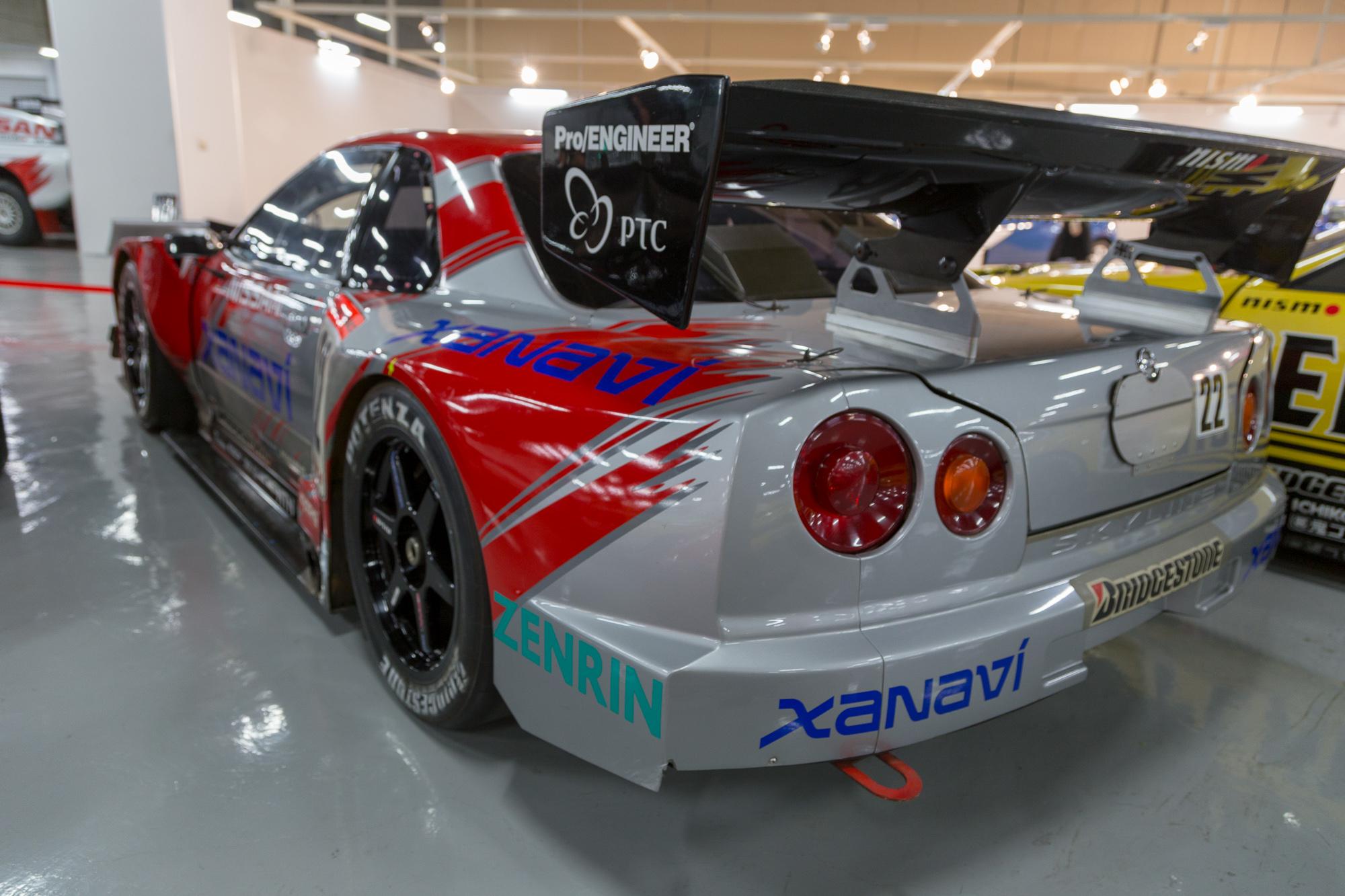 touring car racecars of various generations …..
touring car racecars of various generations …..
… and honest to goodness Le Mans car…
… various vintage racers from days gone by …
… and of course the rally cars.
Then, of course, there are the rally cars. Note the international Japanese license plate. Those are in use today, still.
There was even a Nissan Prairie – a minivan that a landlord of an apartment I have fond memories of when I was a child used to drive – I swear, to this day, I am completely convinced he is the only person who ever actually bought one, because I’ve never seen one before, or after.
And that’s the Nissan Heritage Collection for you. Absolutely worth a visit, though as I wrote earlier, I kind of do wish the cars weren’t just parked into a giant parking lot, as it makes it extra difficult to view some of the more interesting ones (and seriously, why the hell does the Nissan Prairie get open doors and a unique parking position, when none of the Skylines do?!).

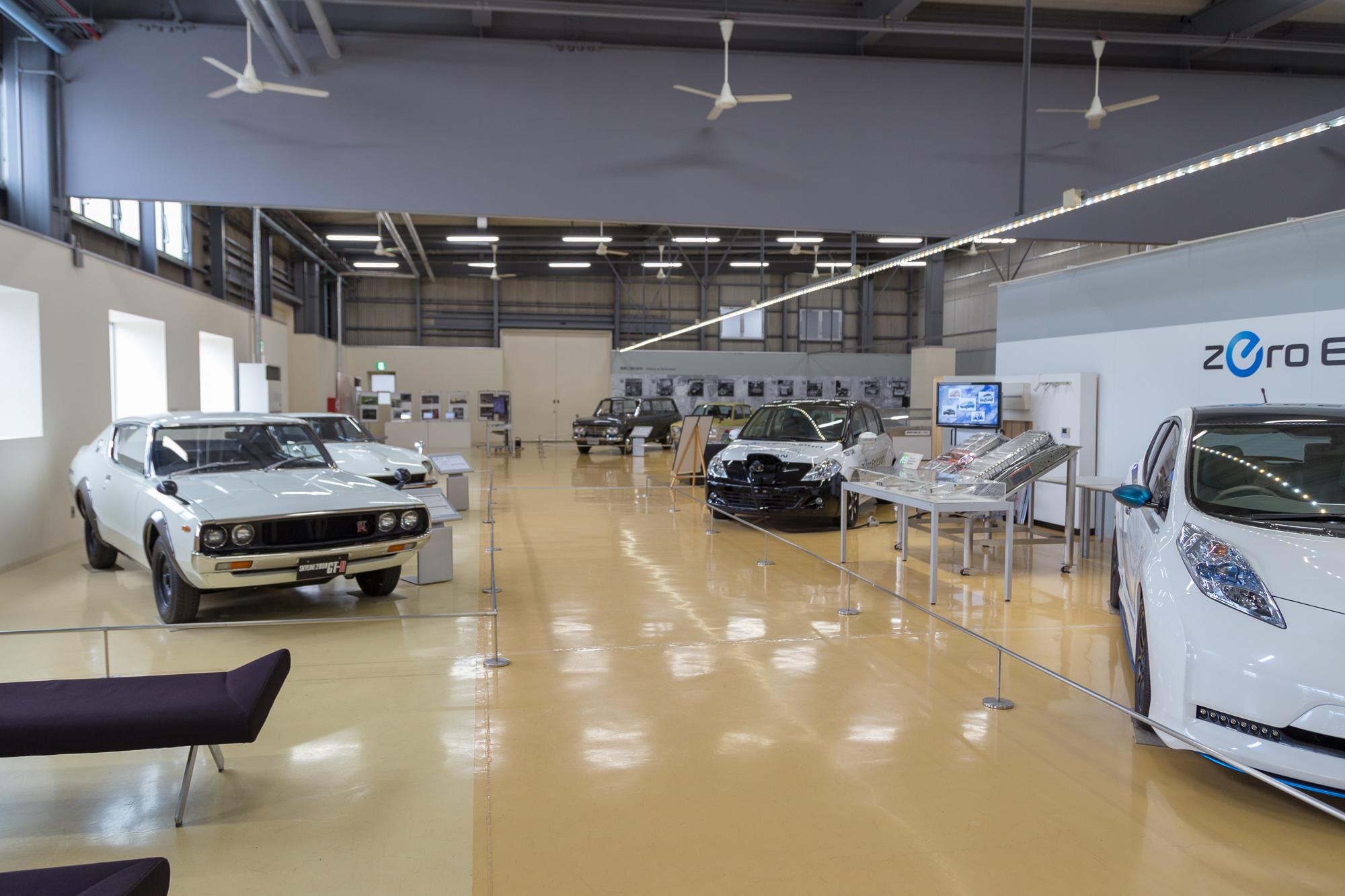
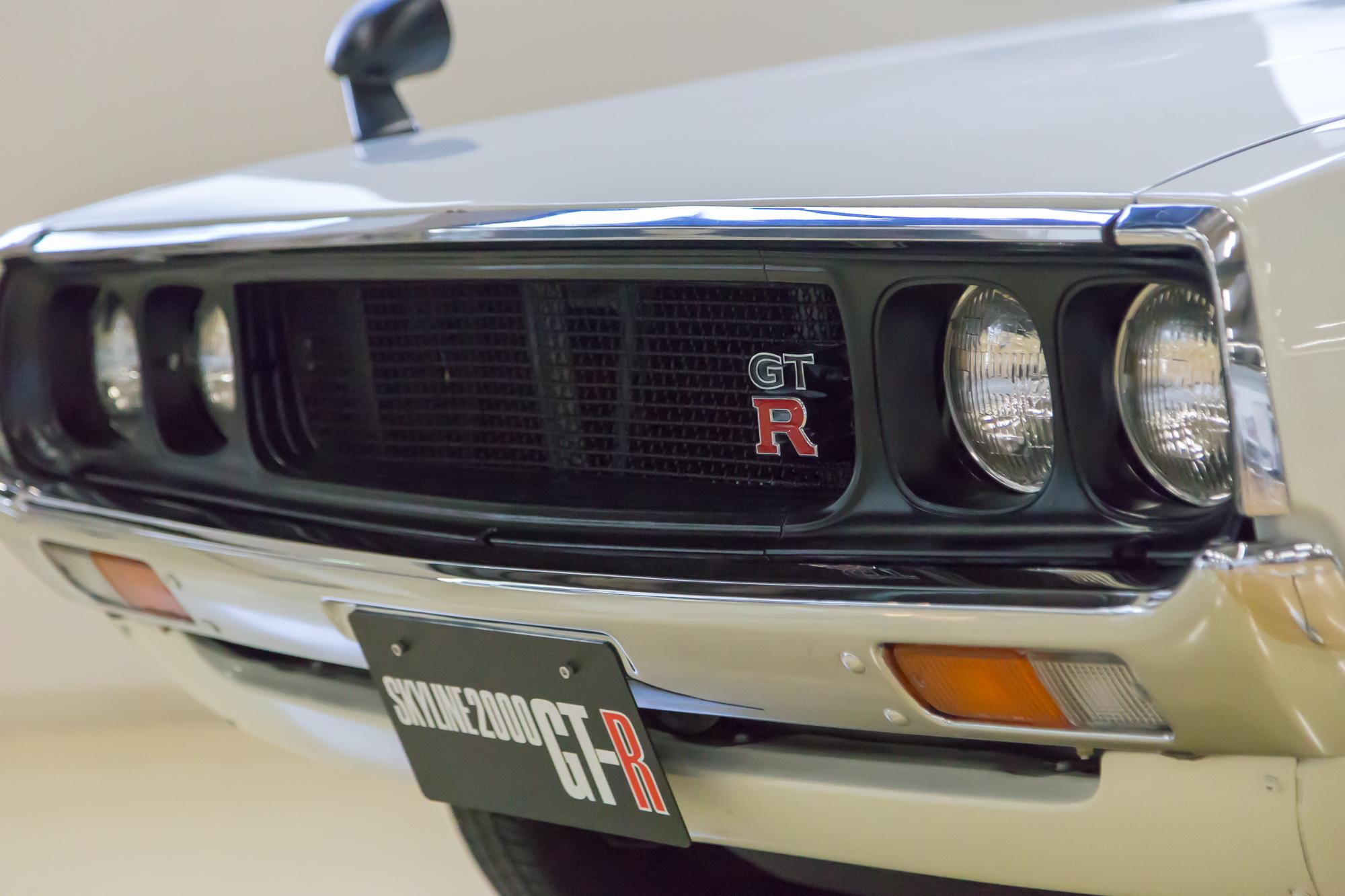

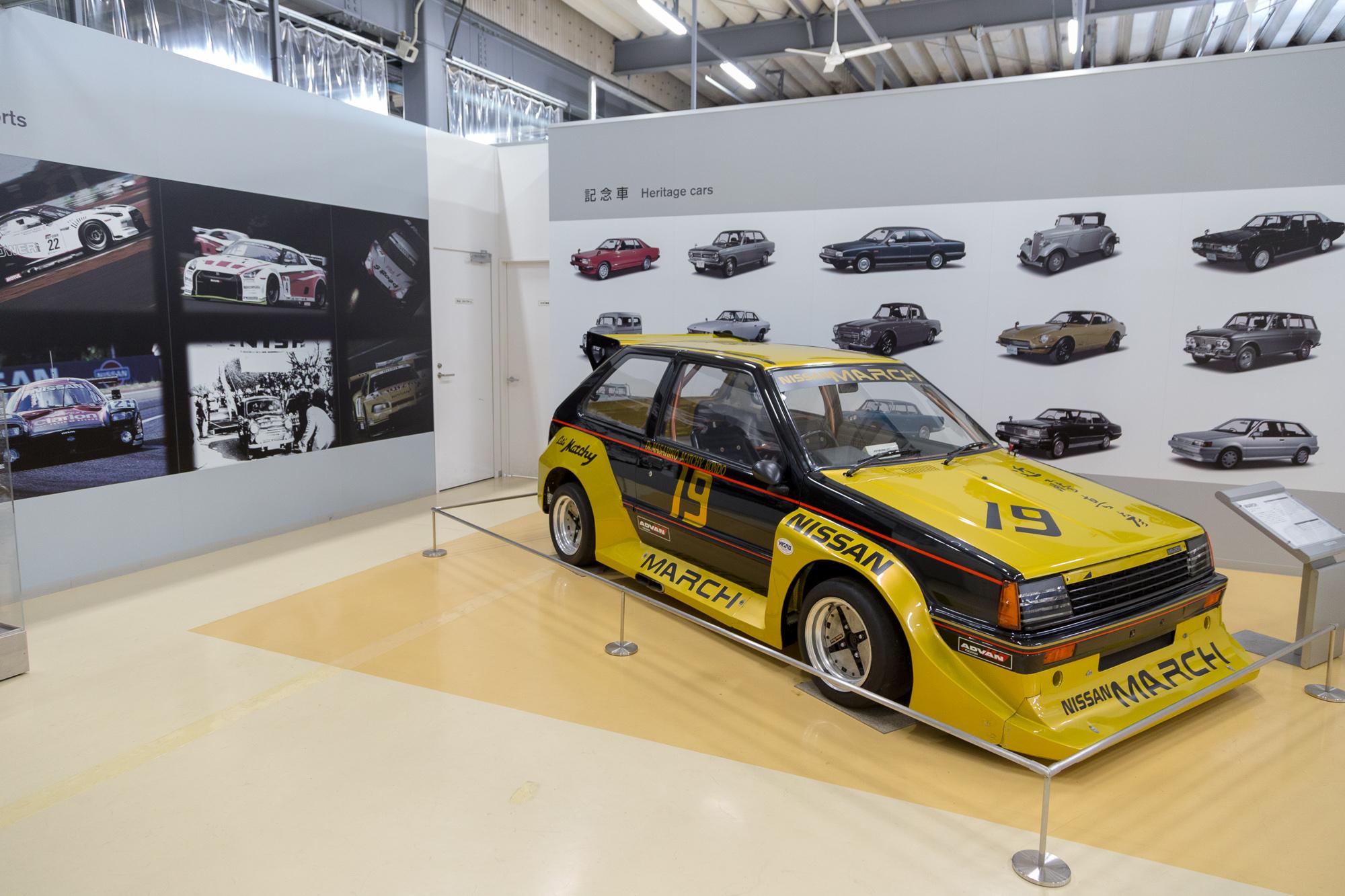
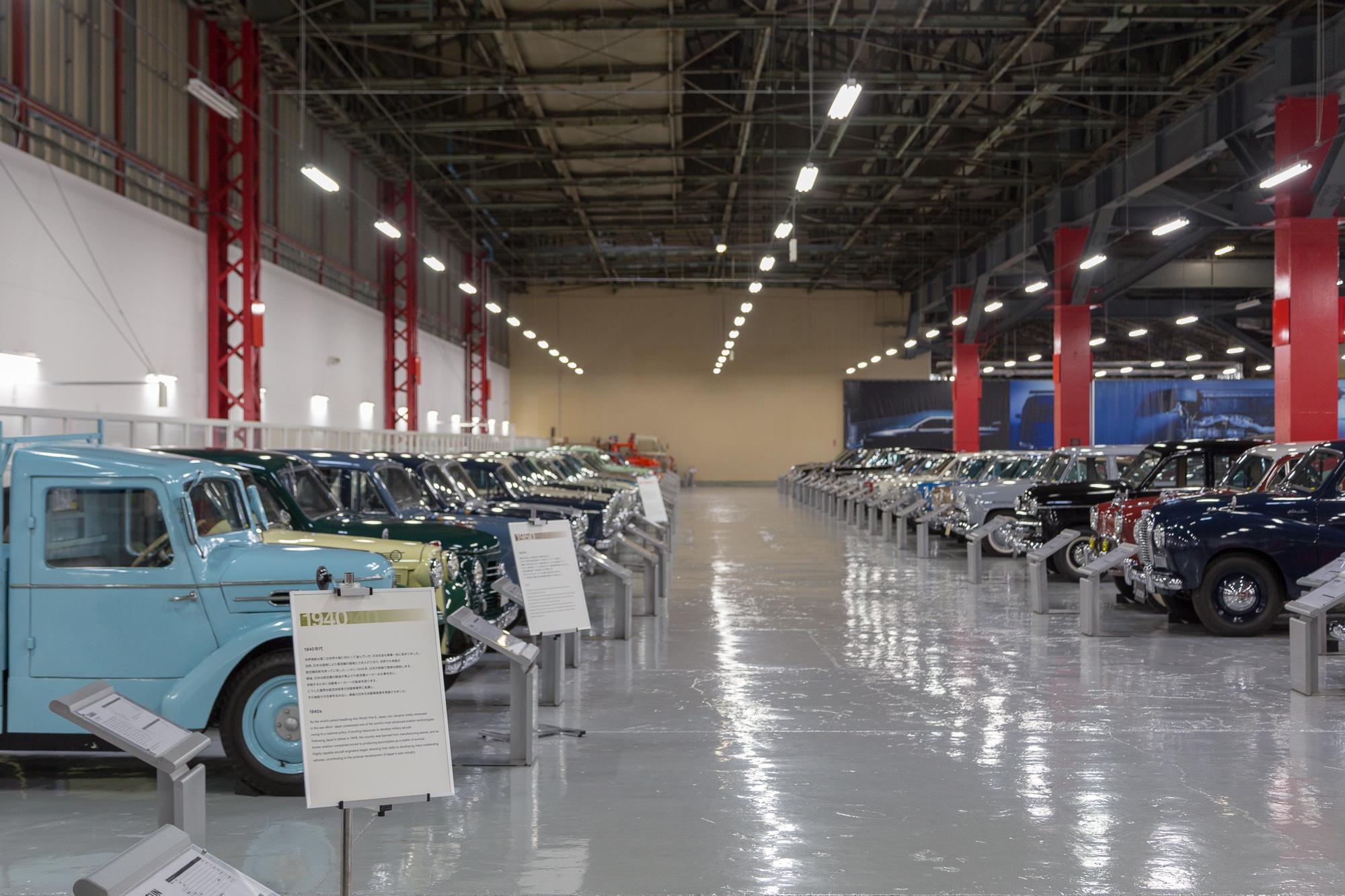


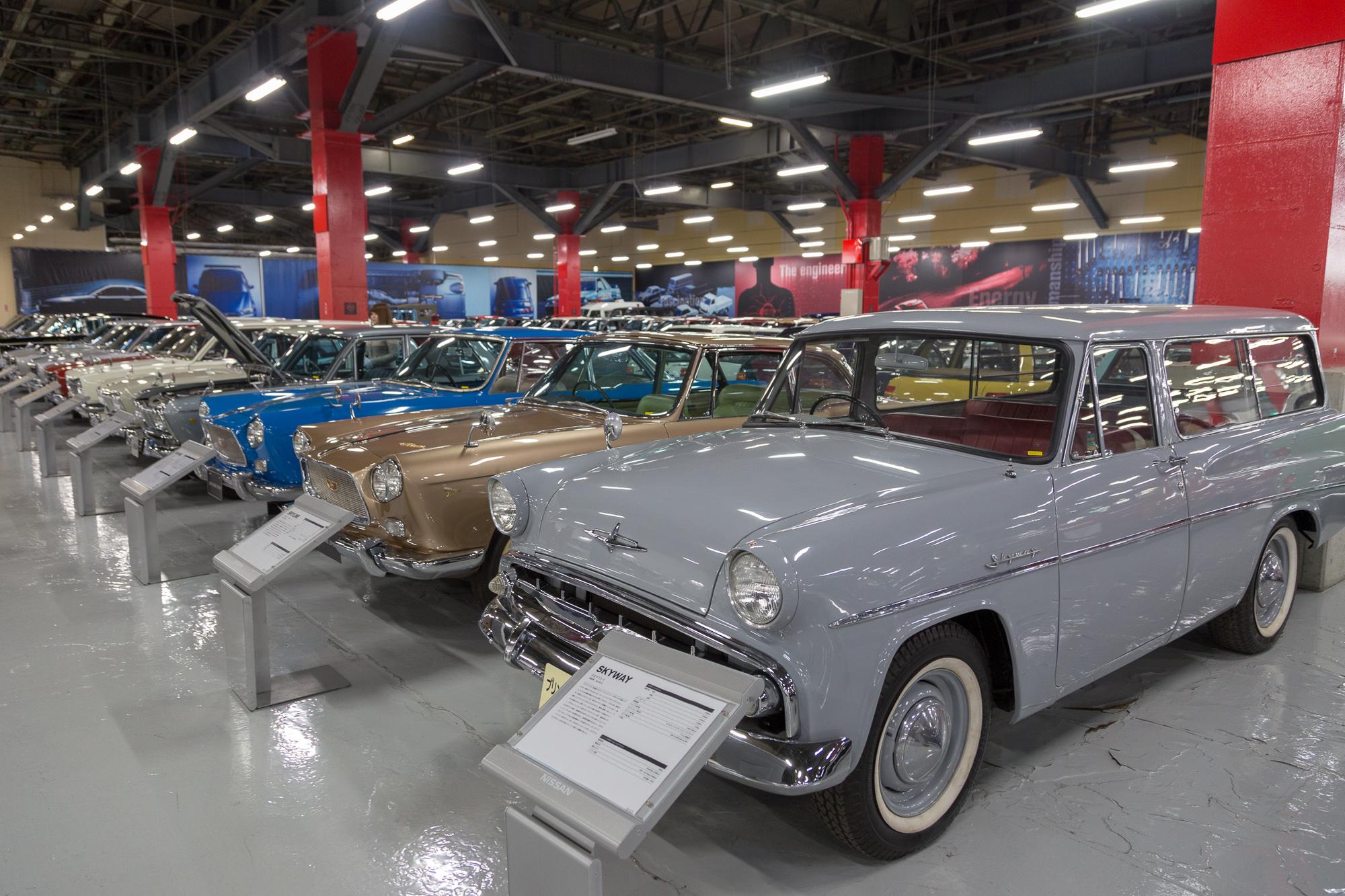
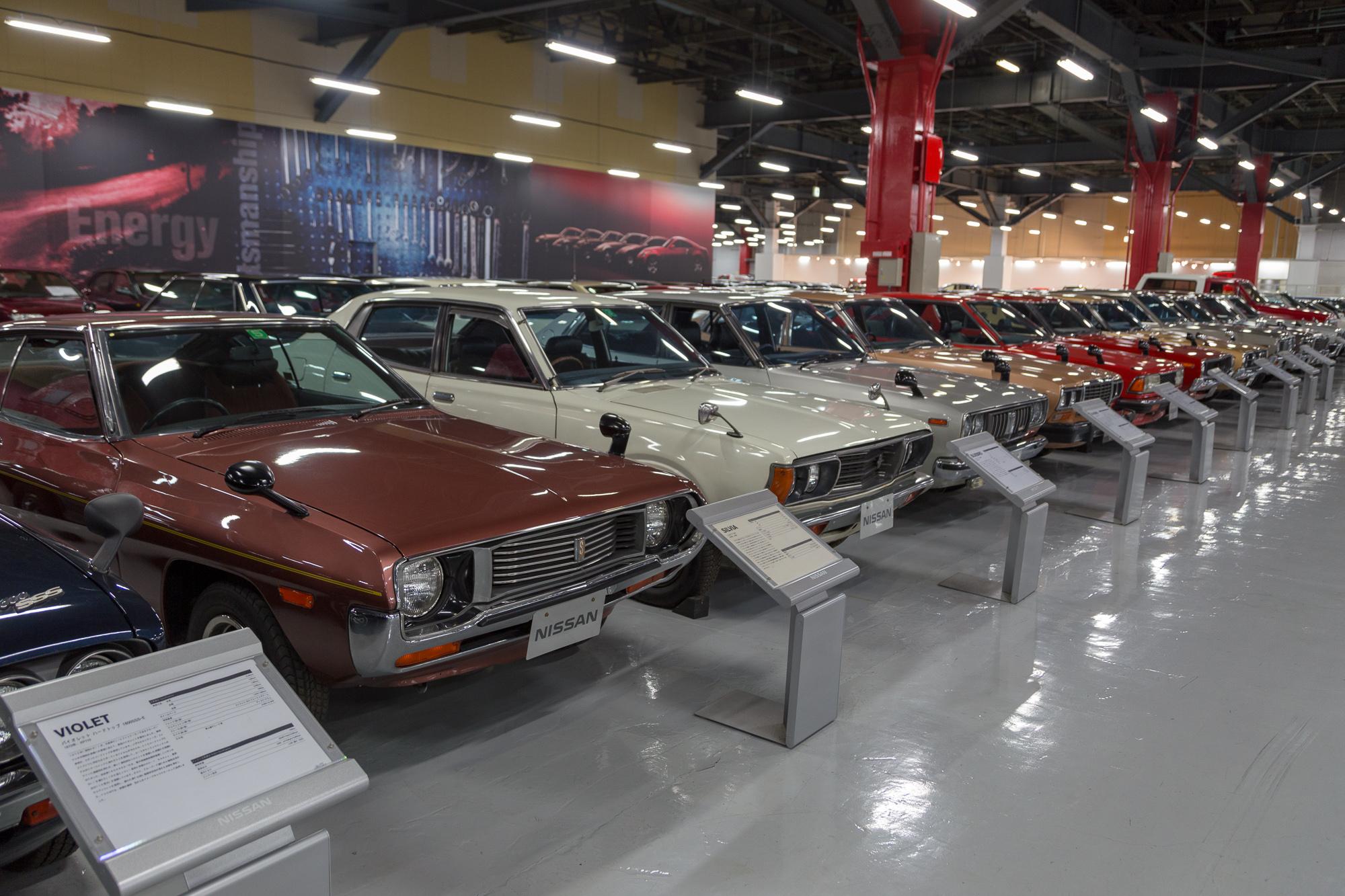

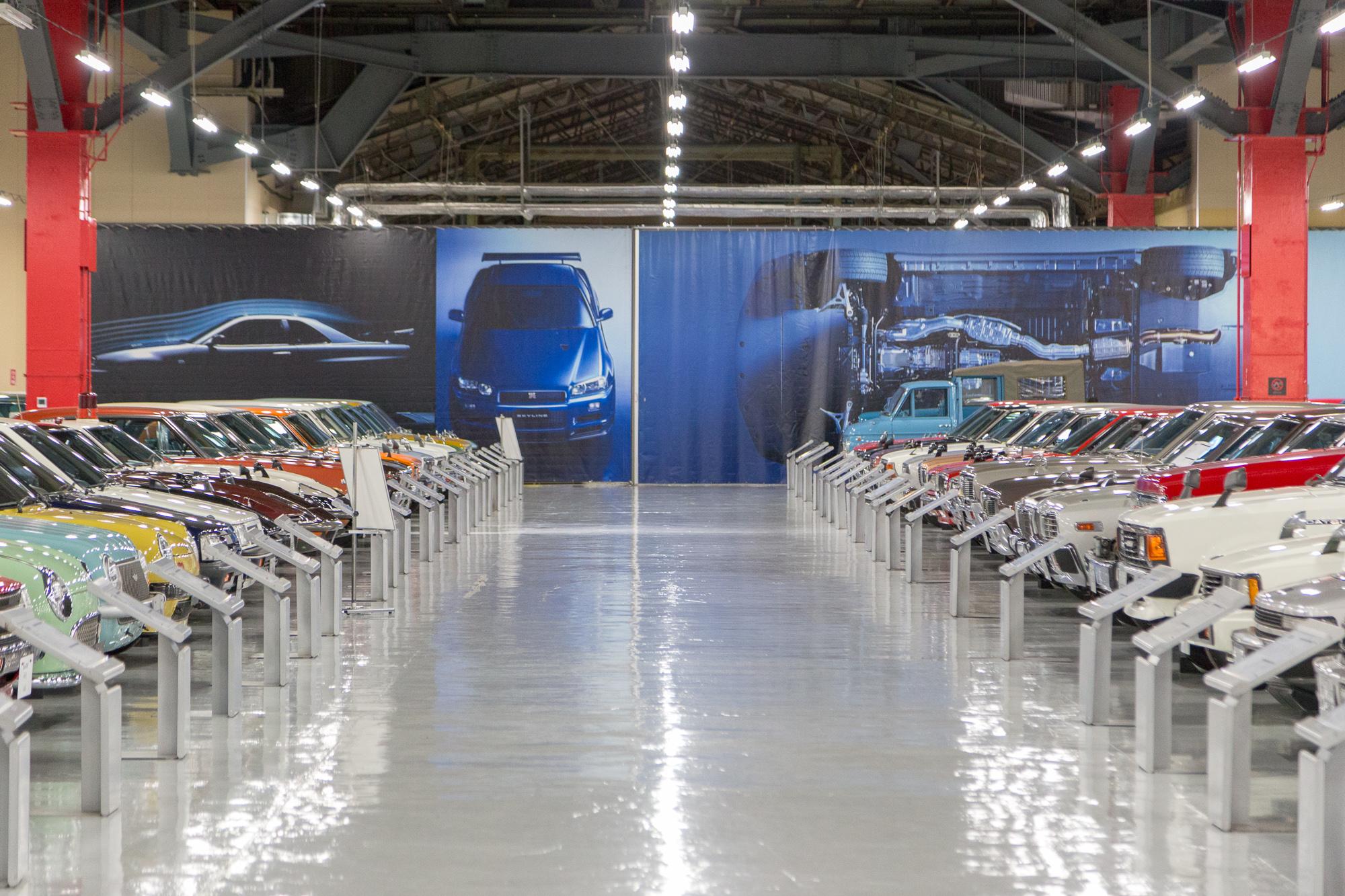
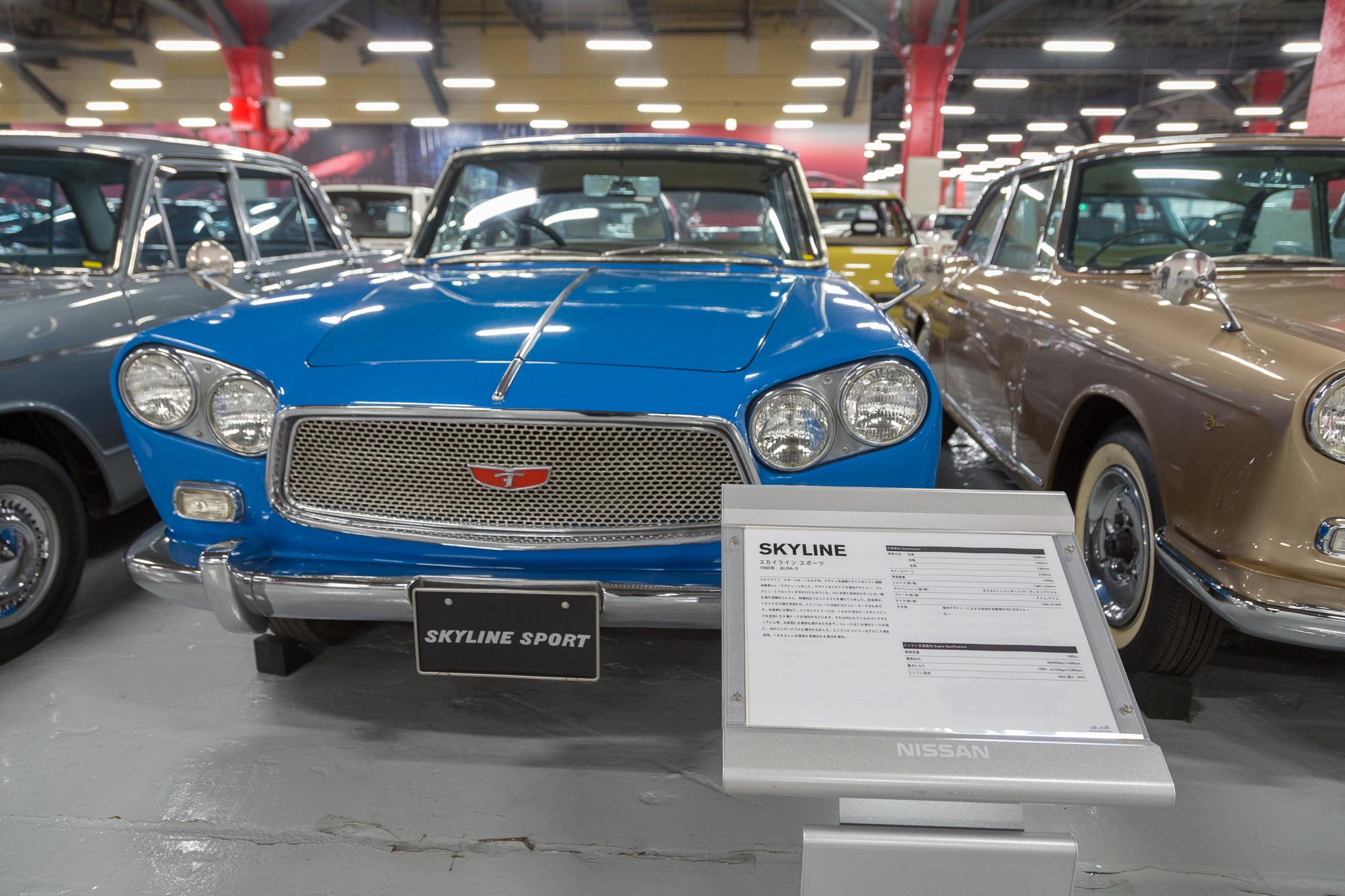
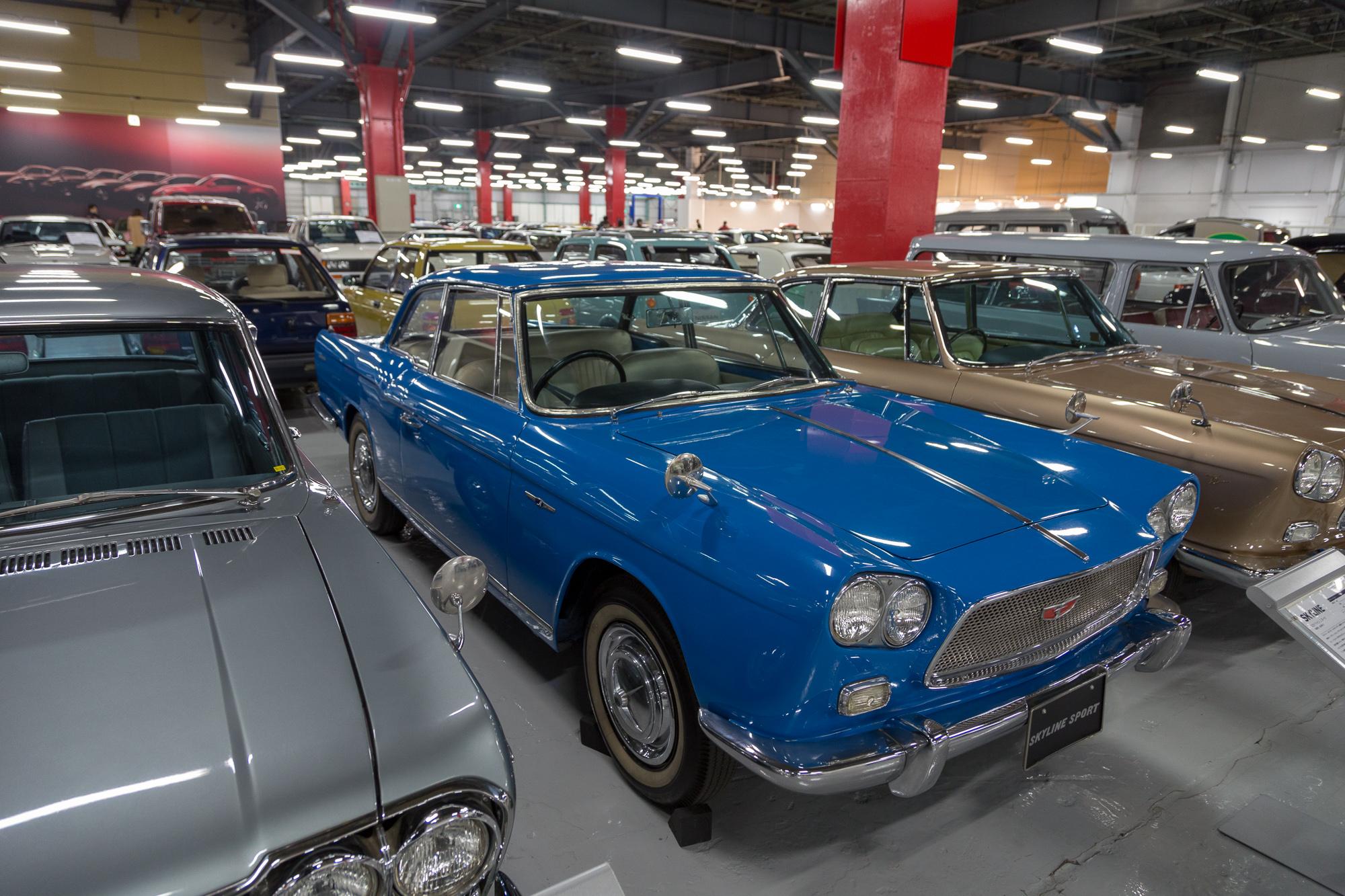
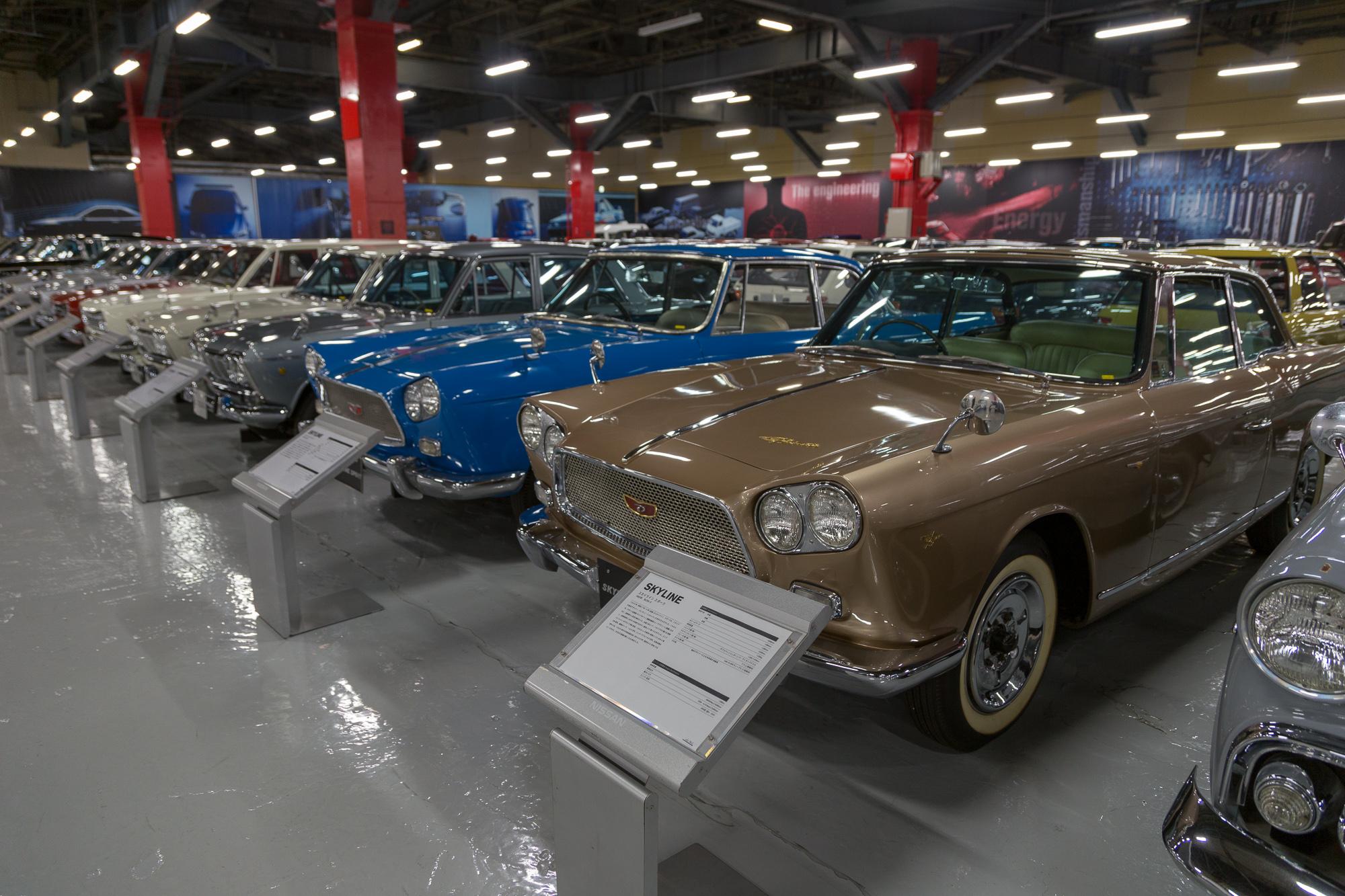
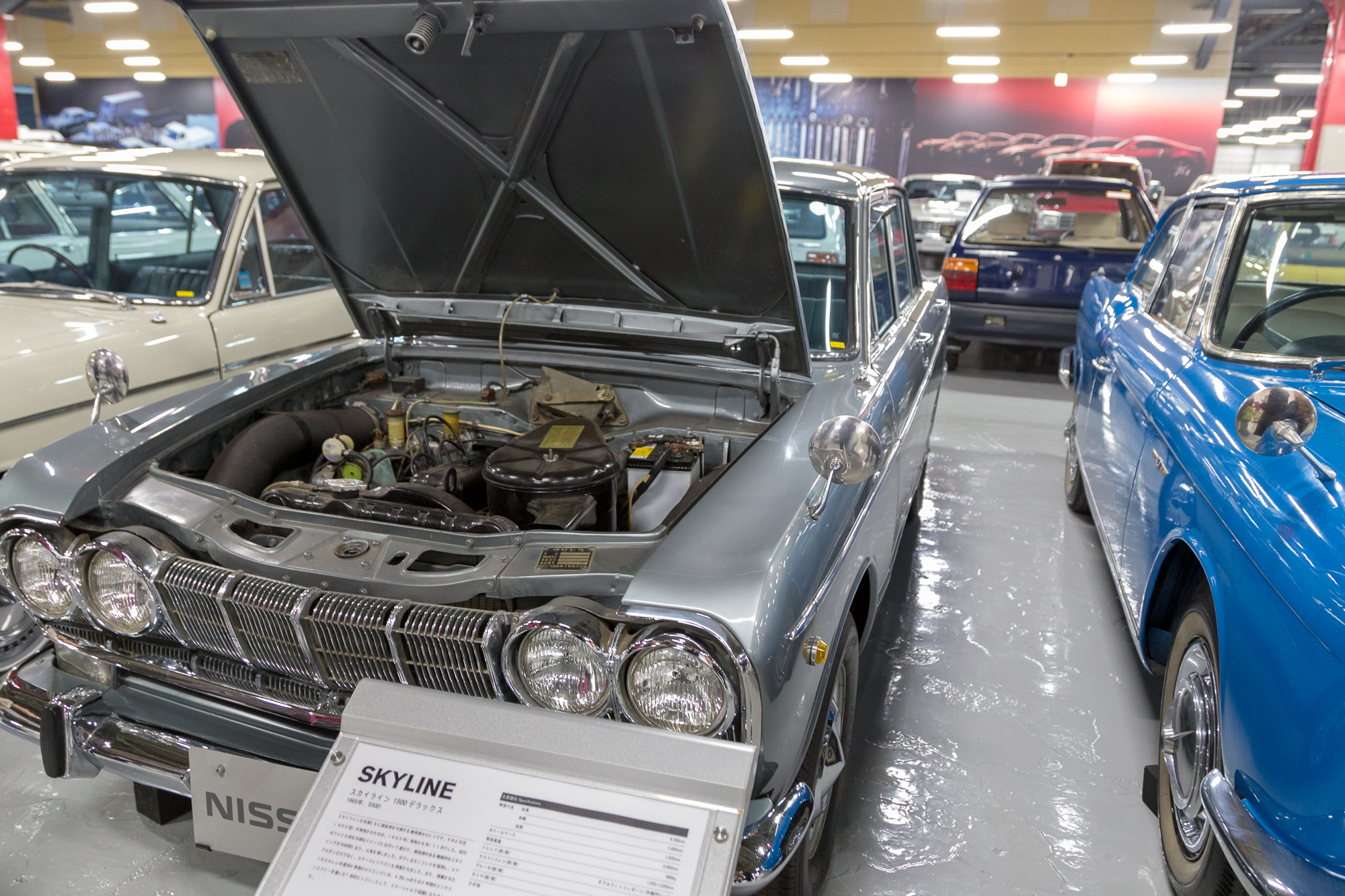
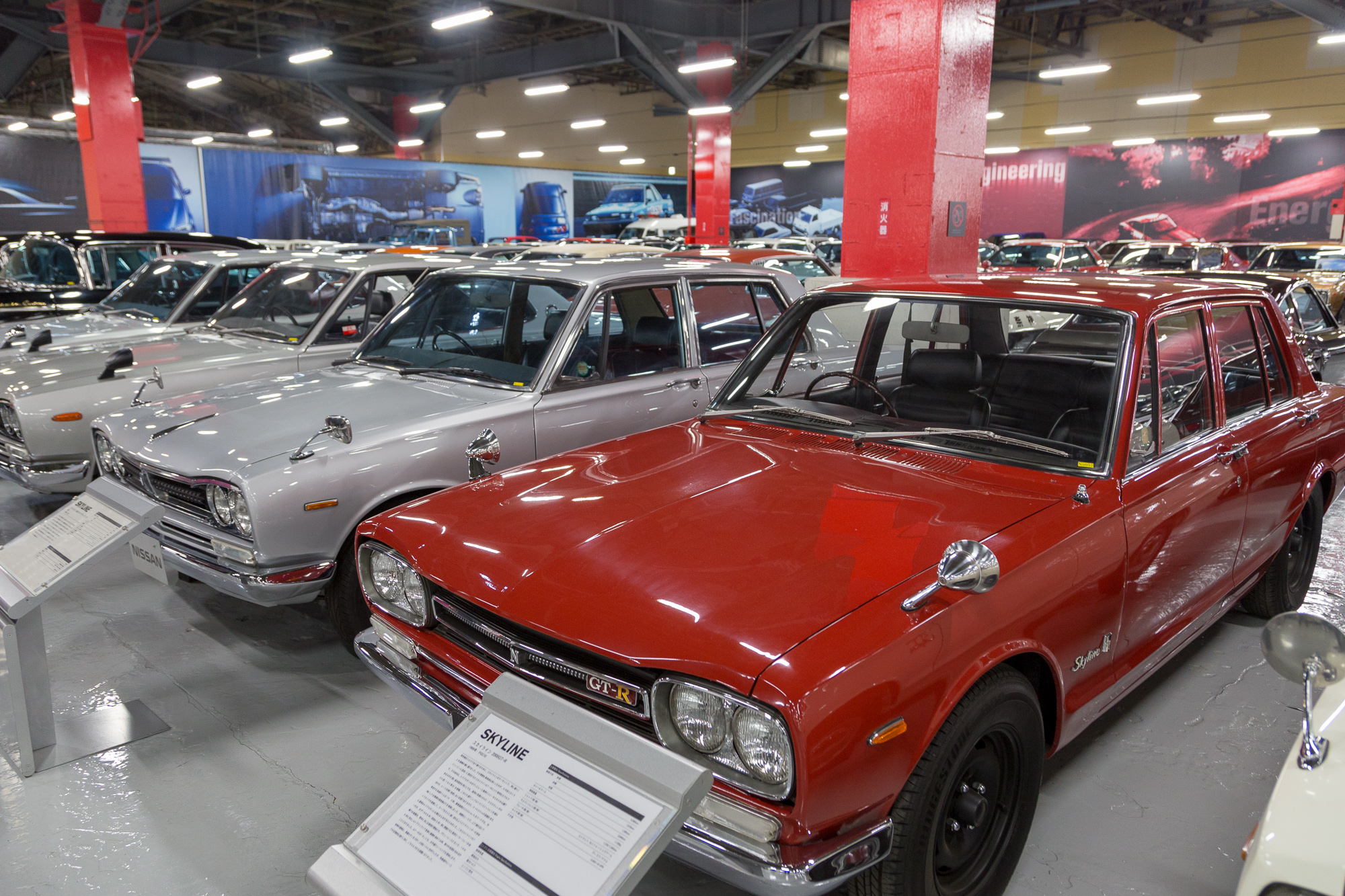
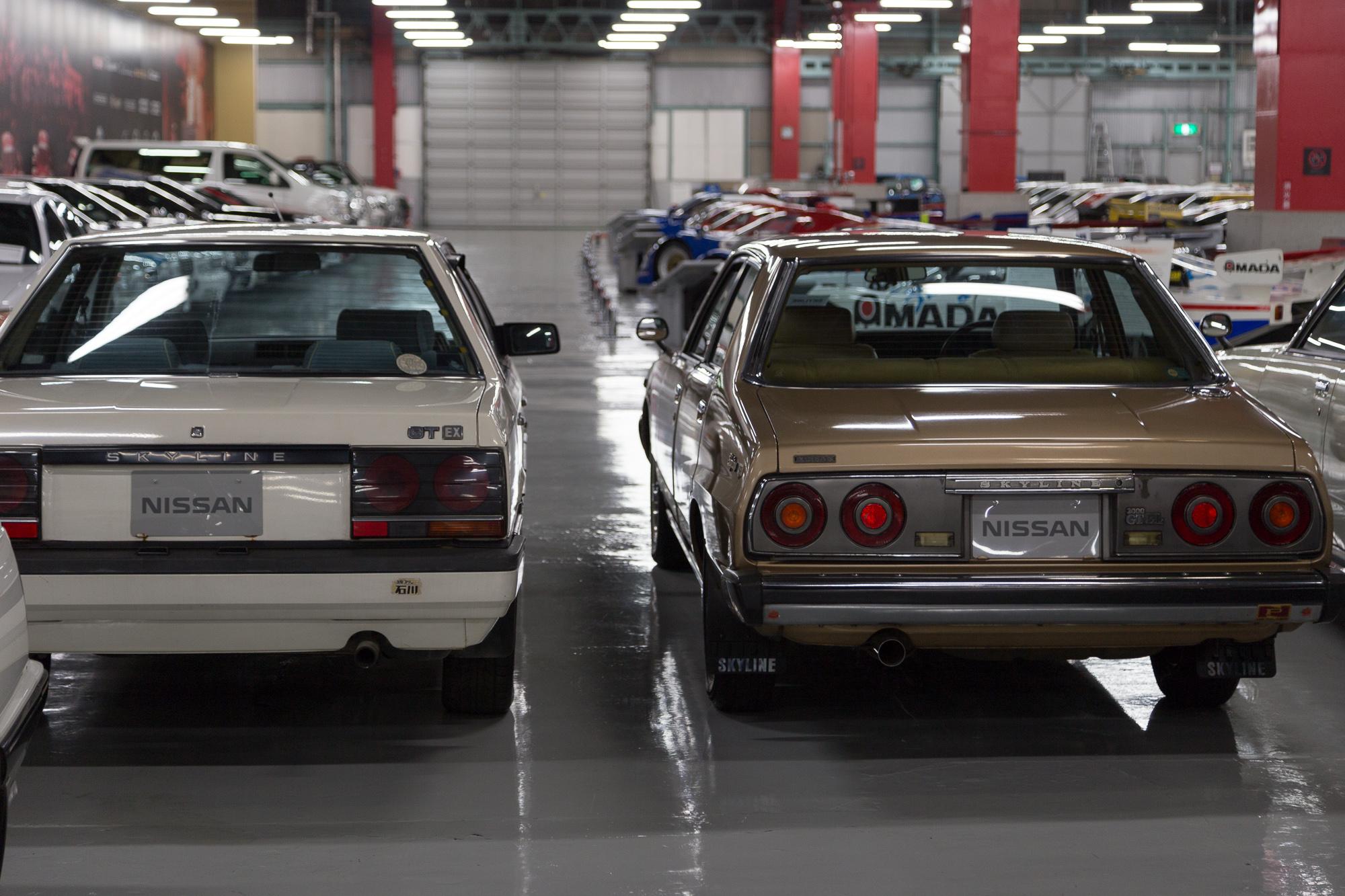

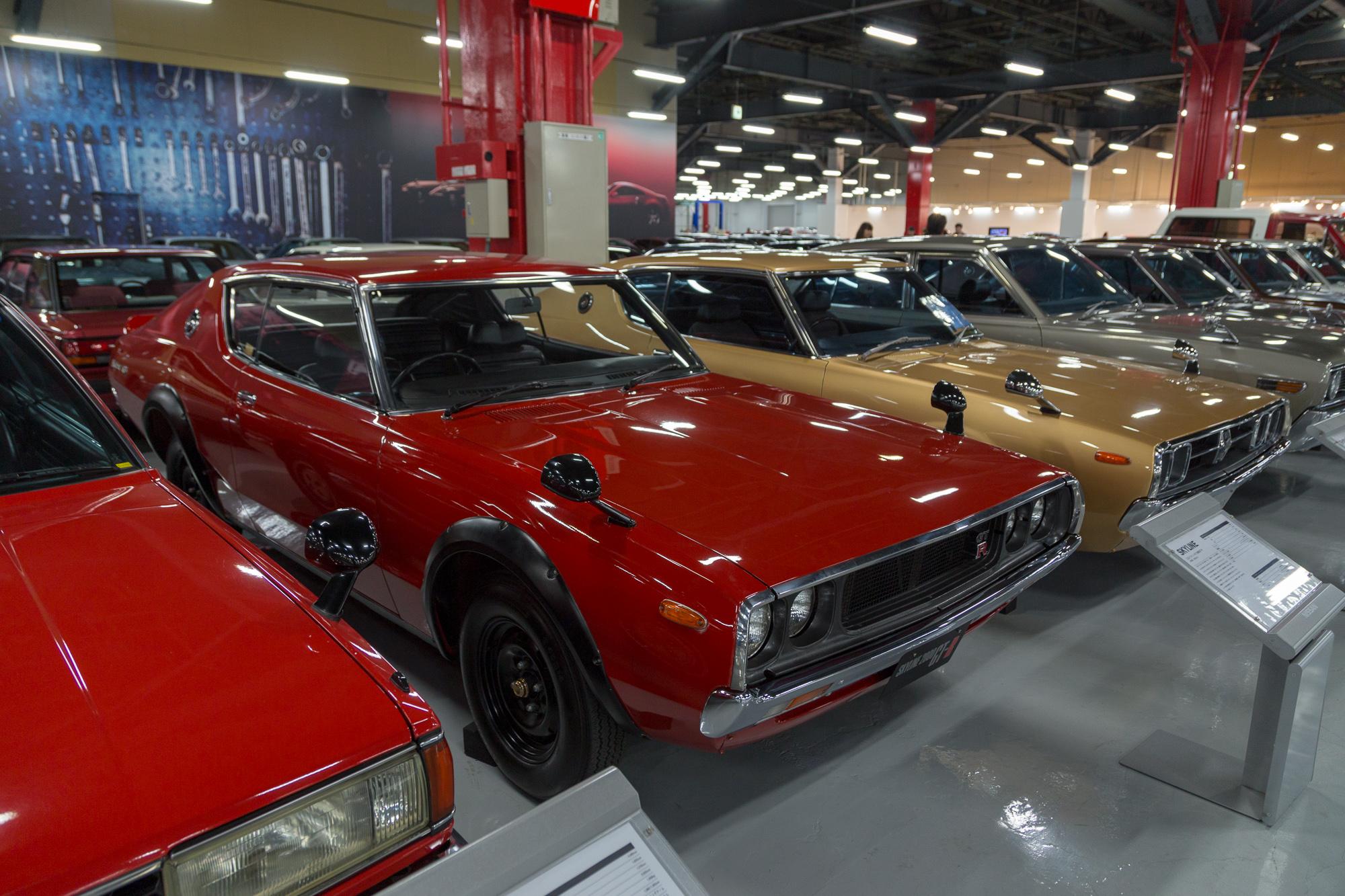
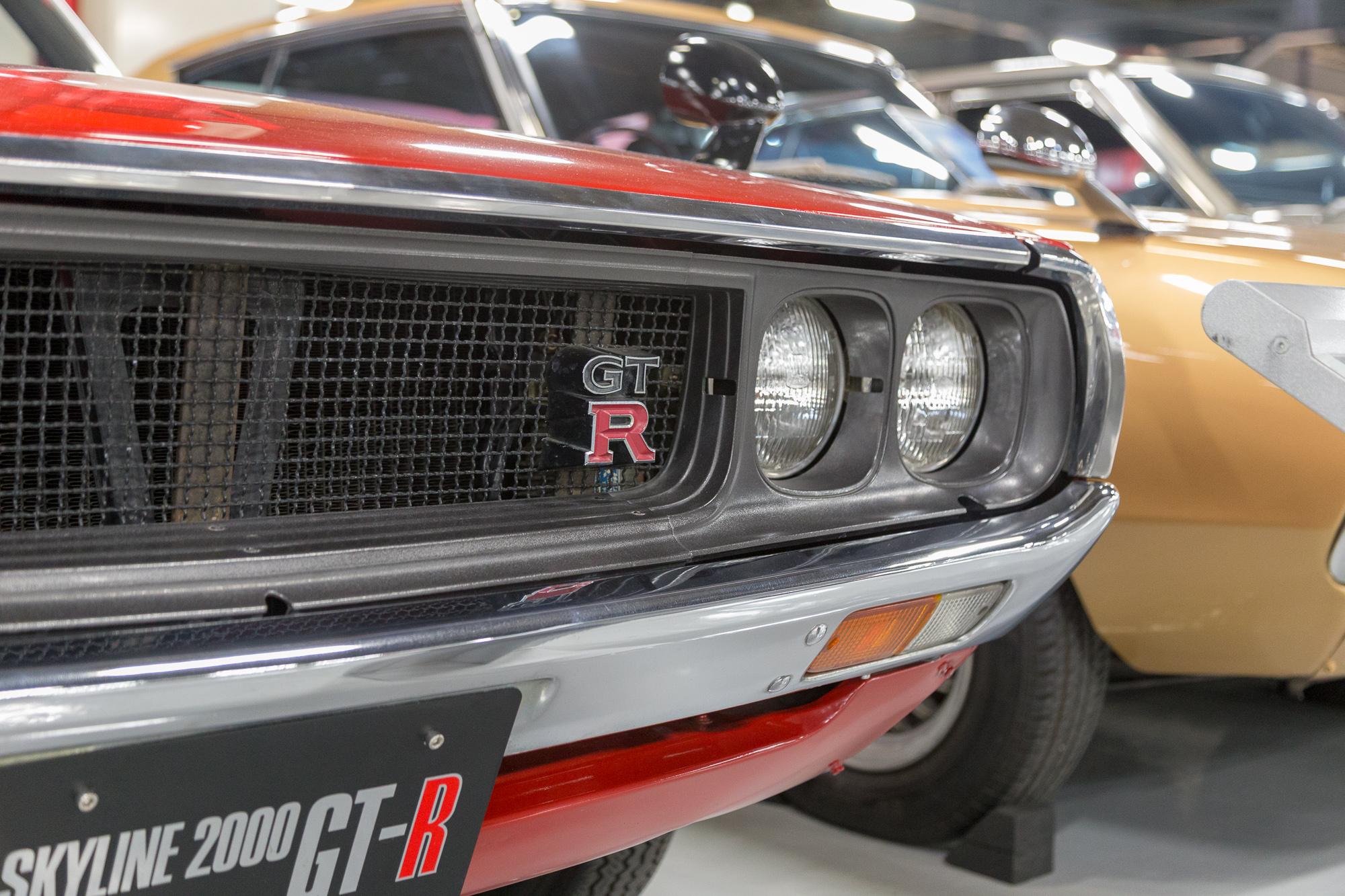
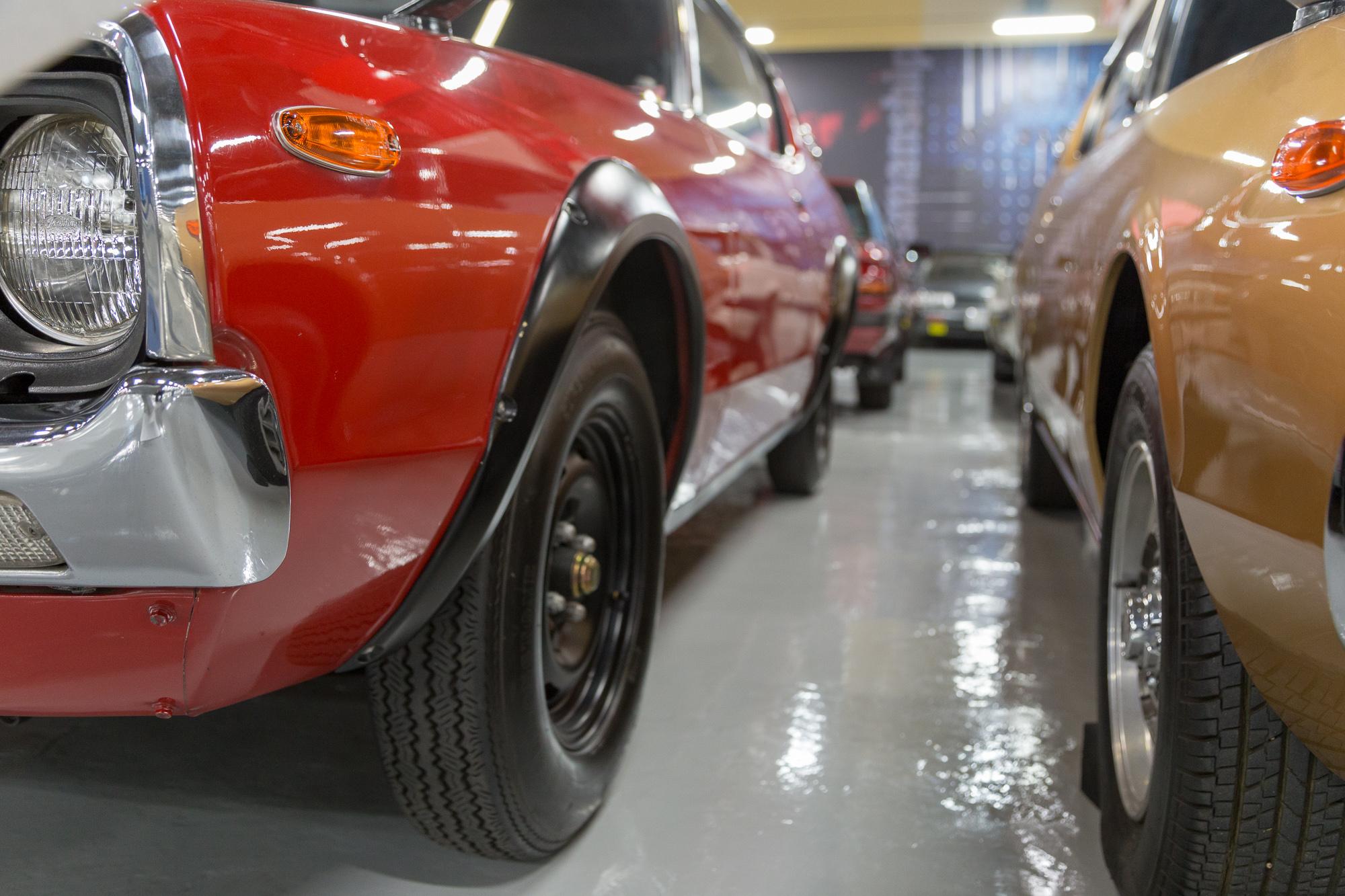


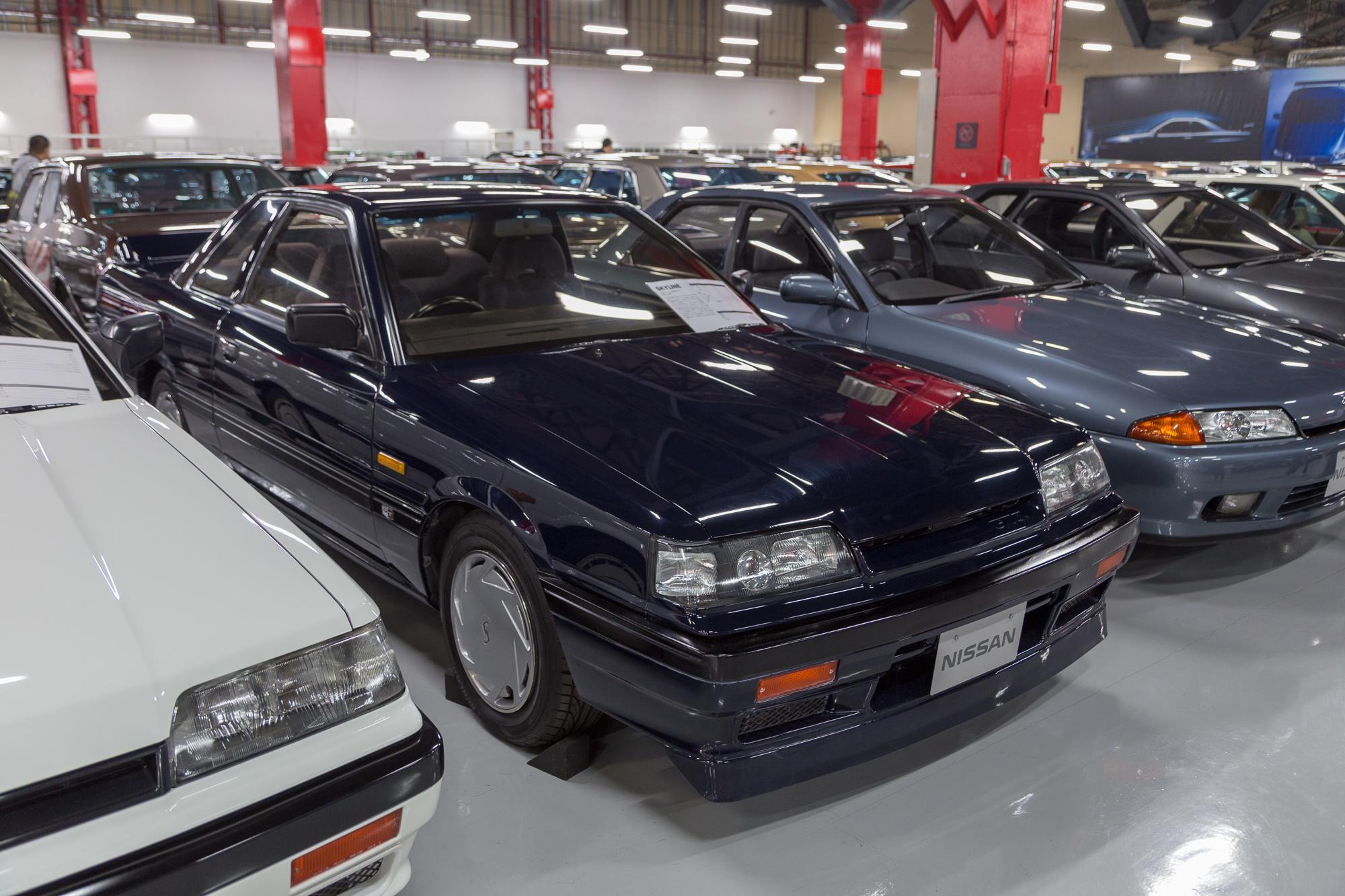

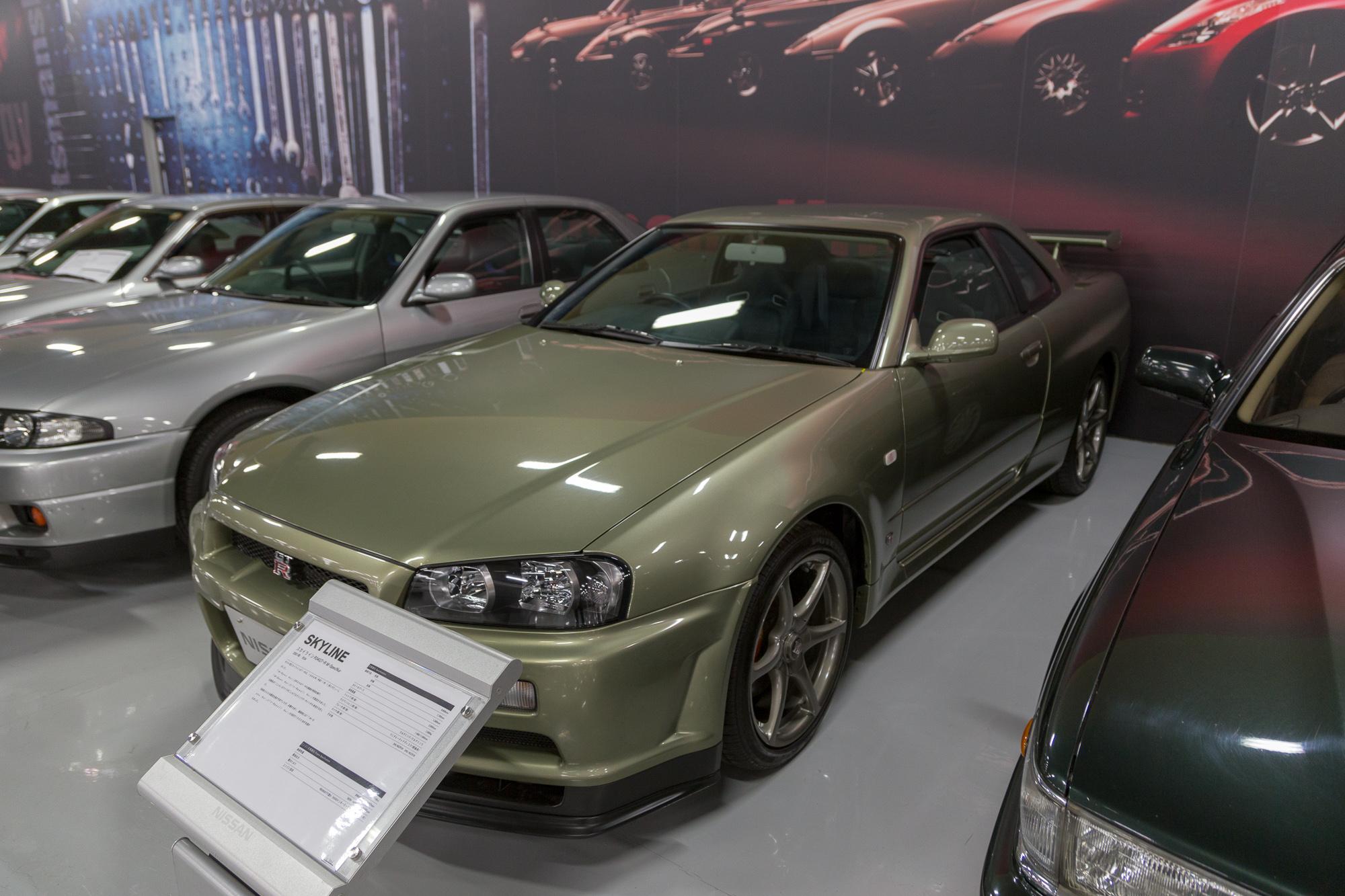
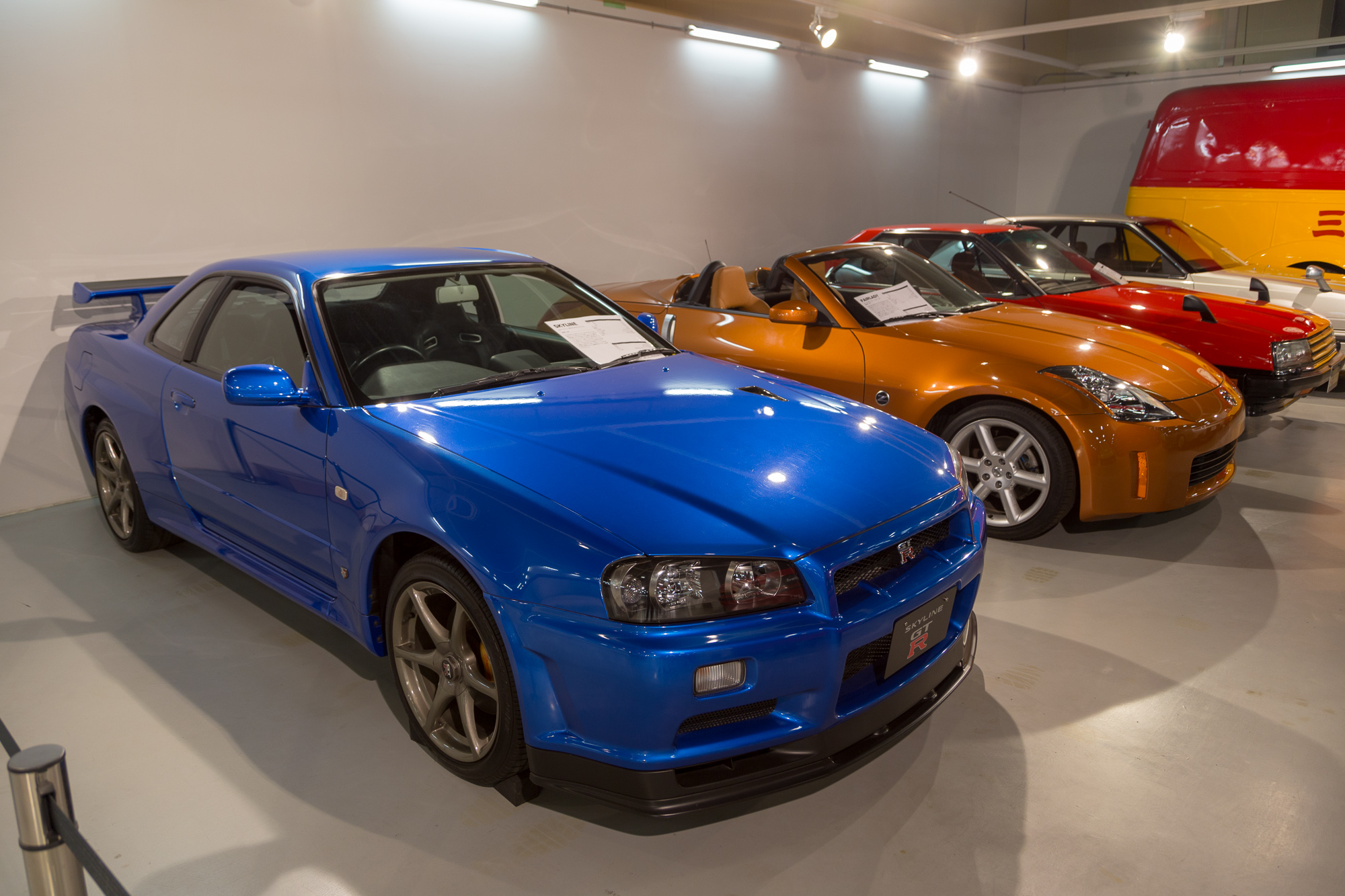
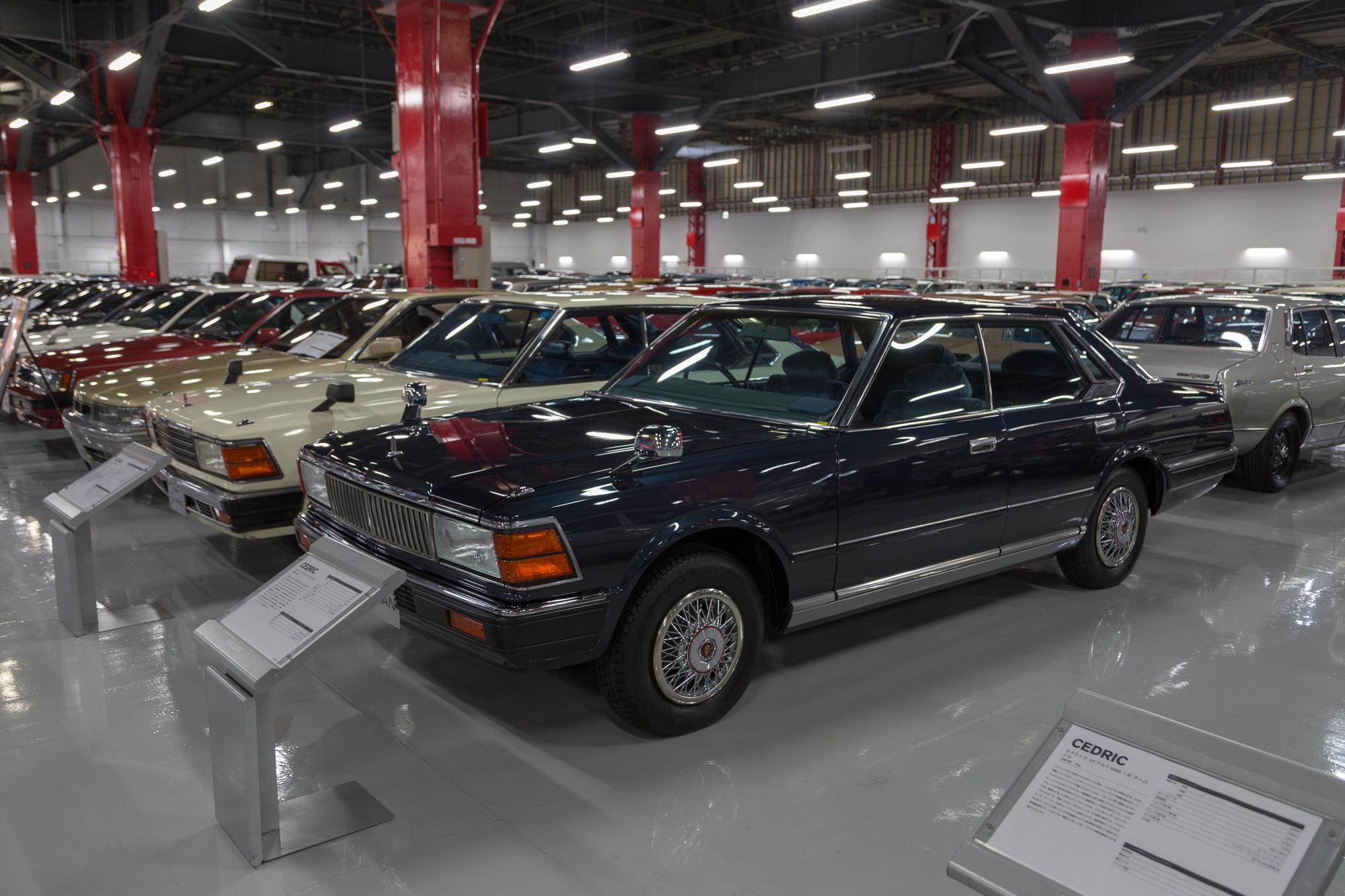

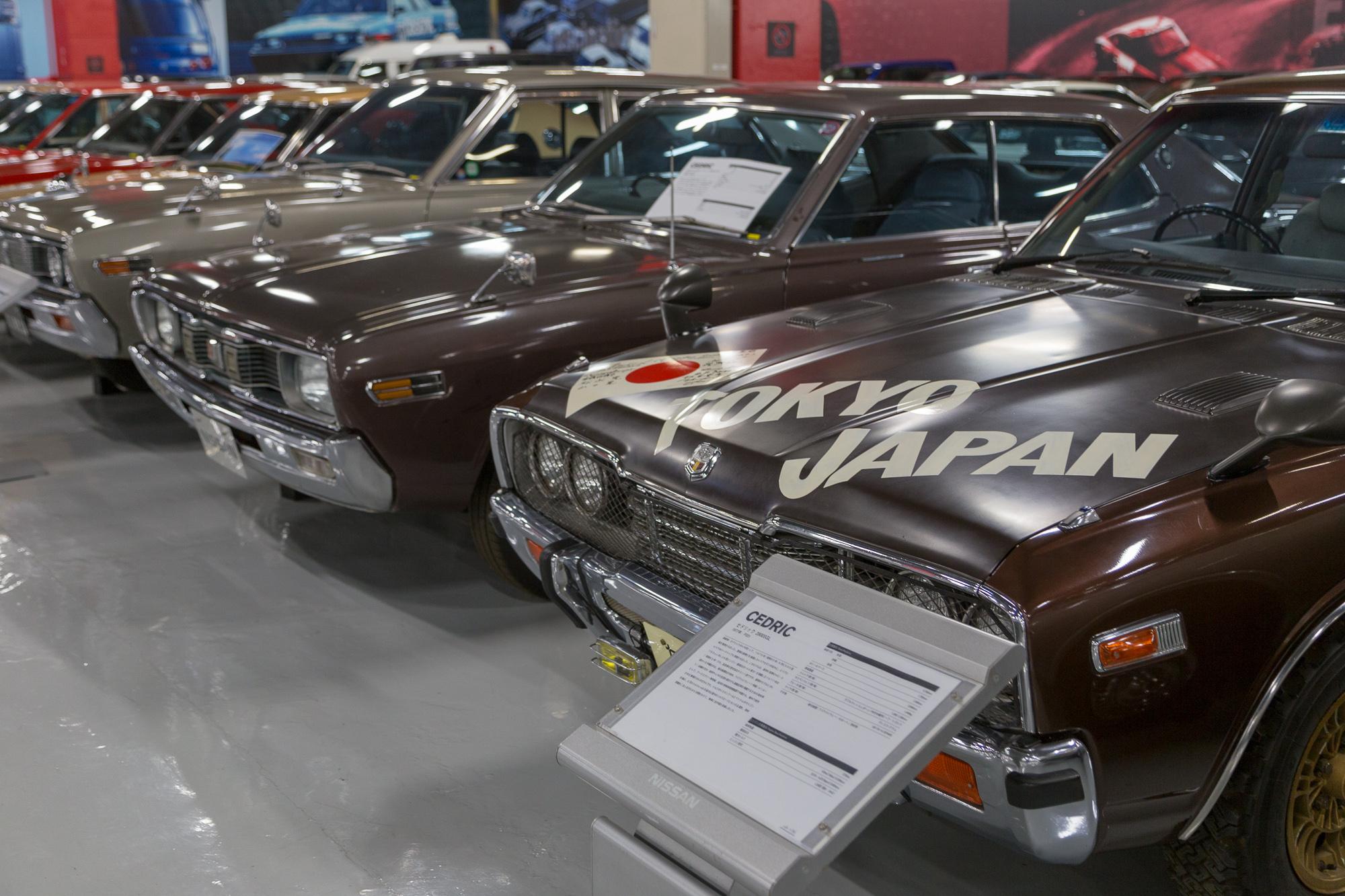
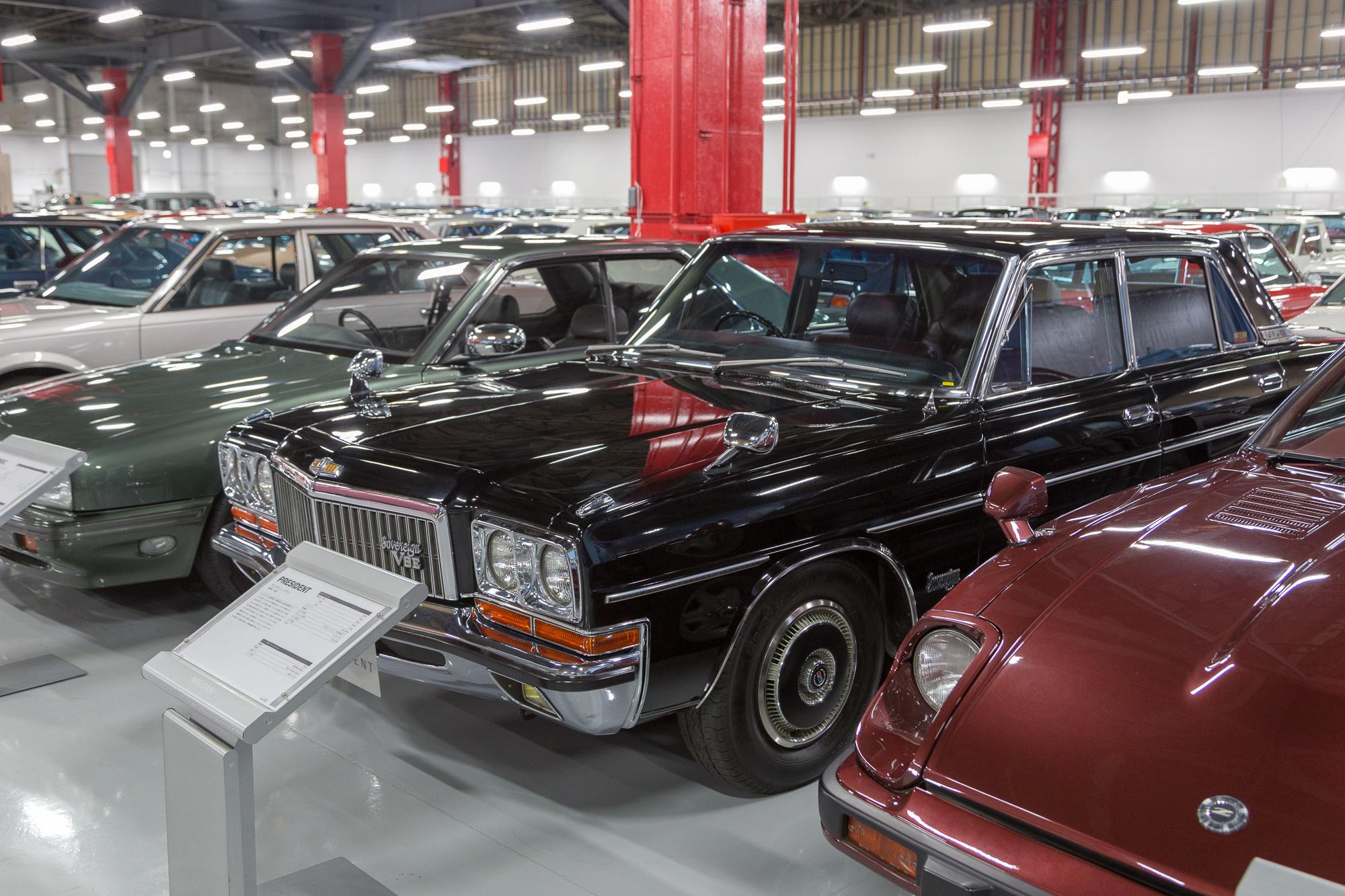
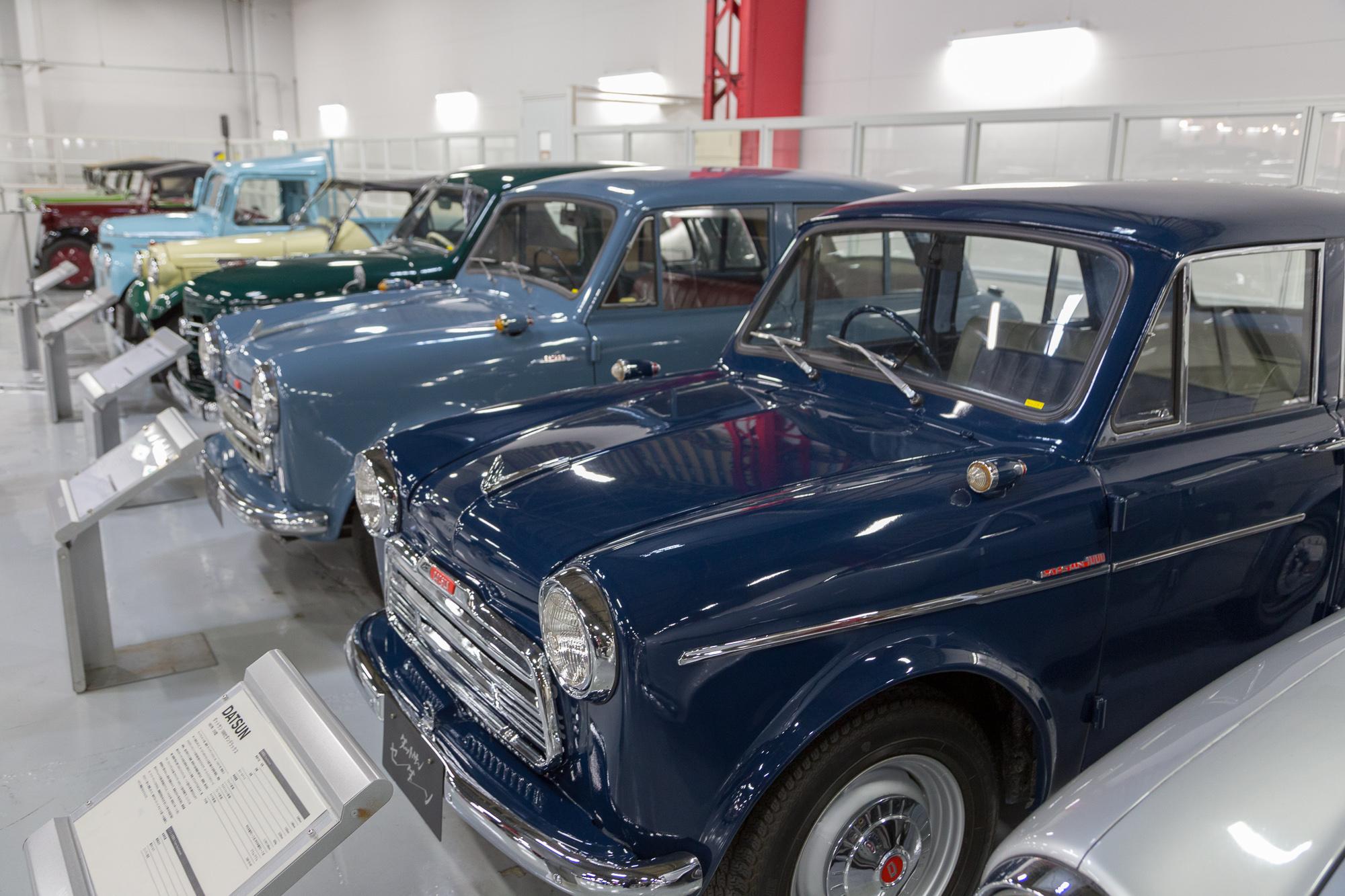



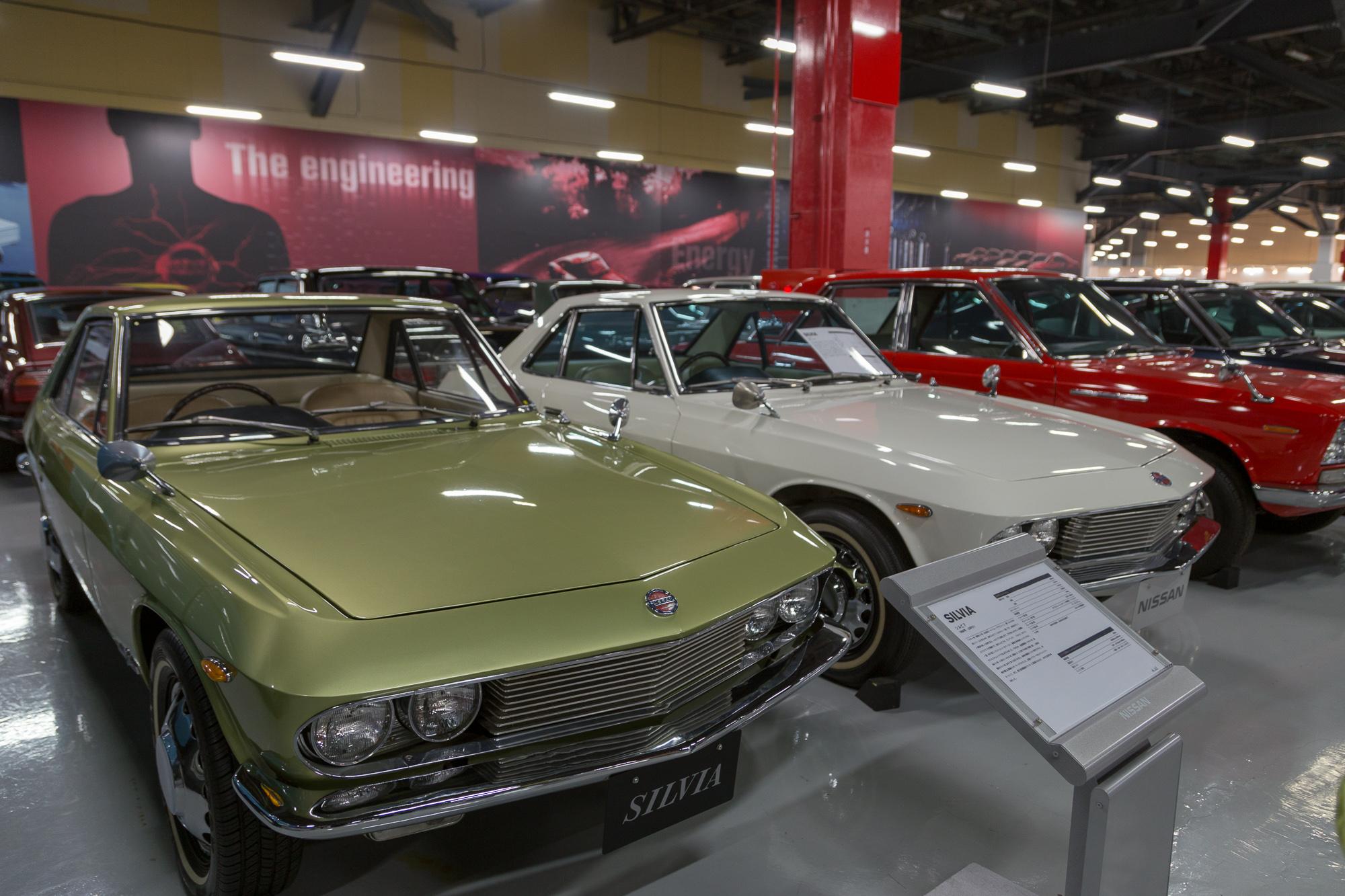
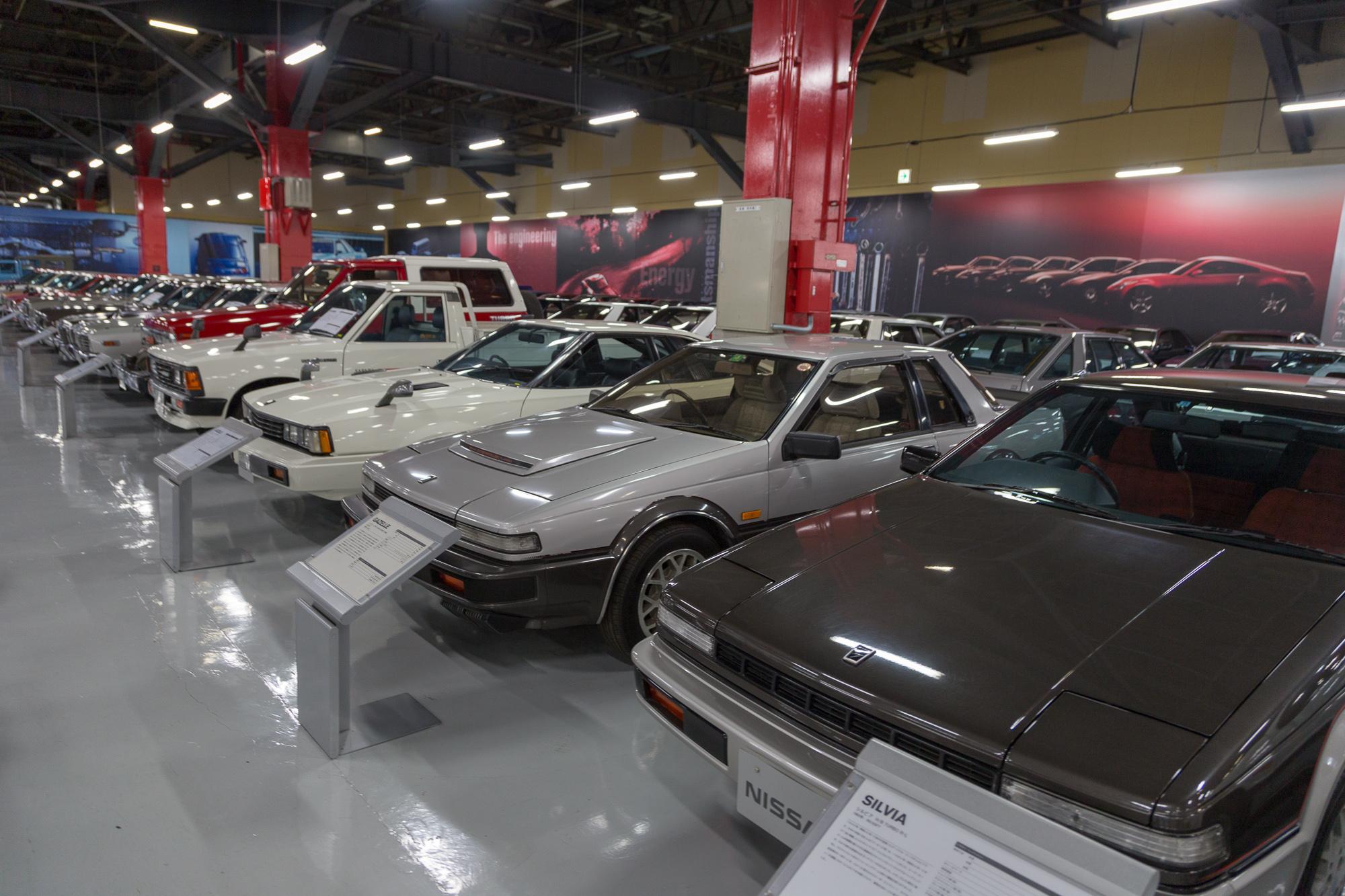
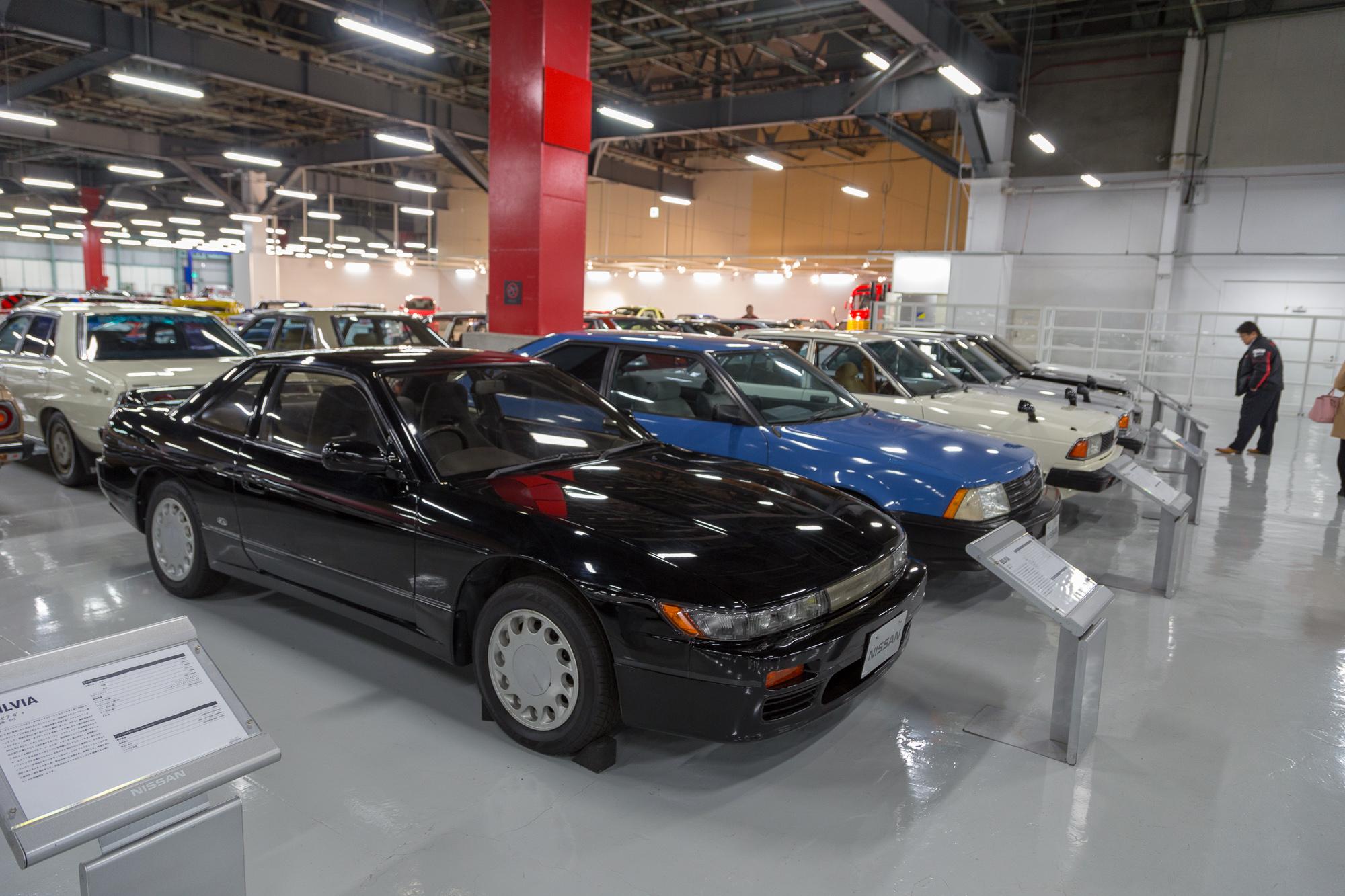

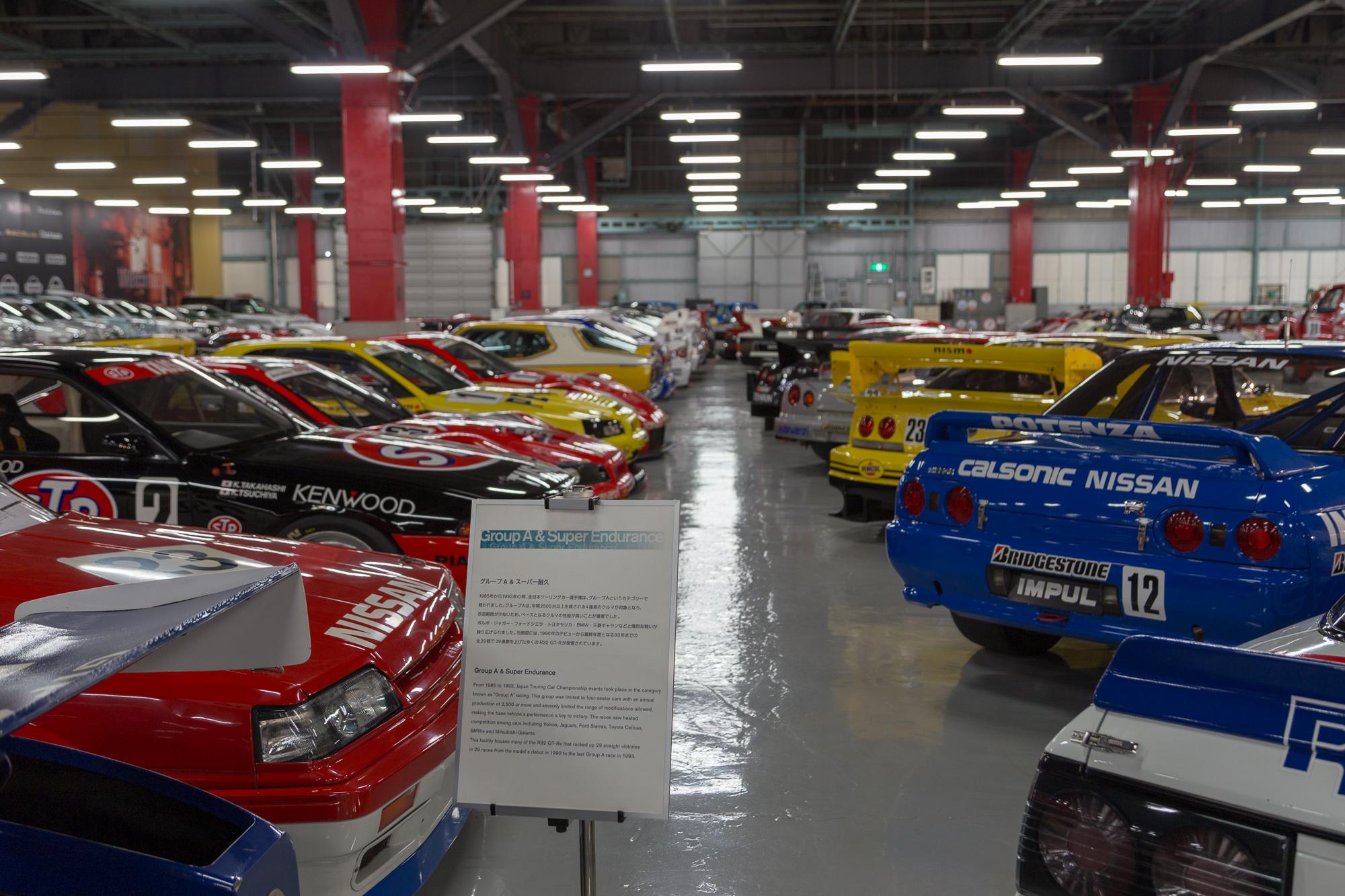

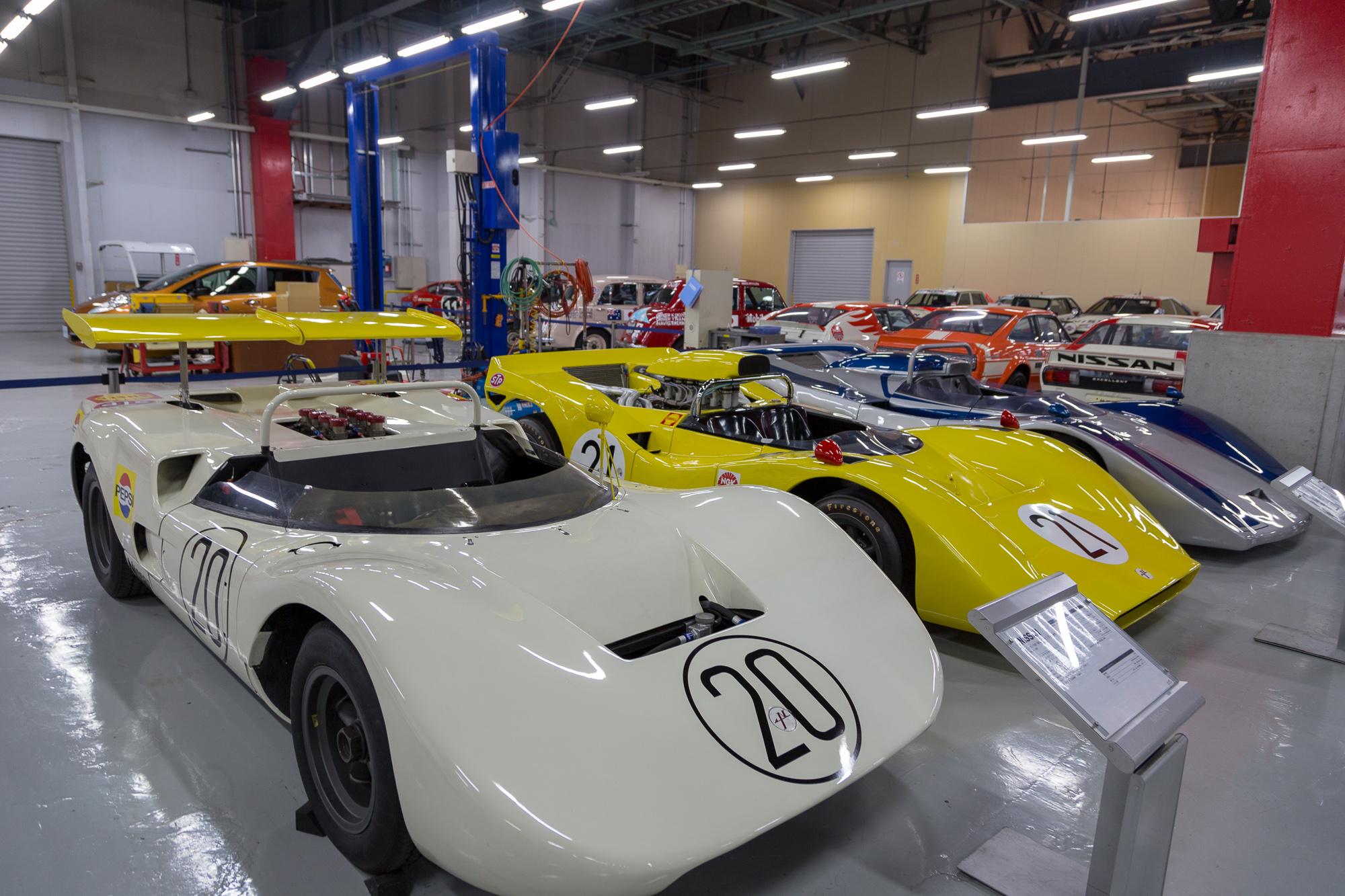

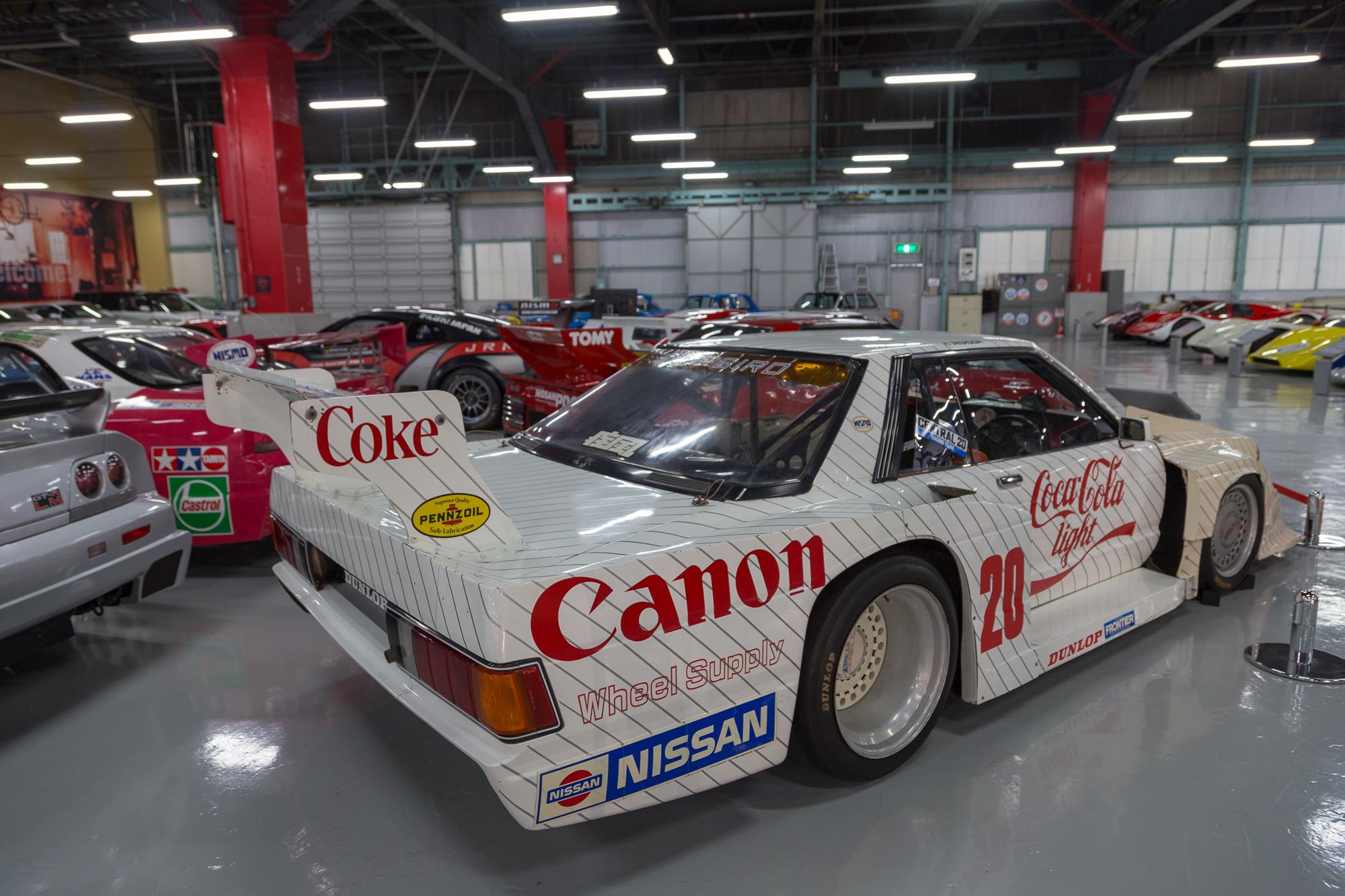





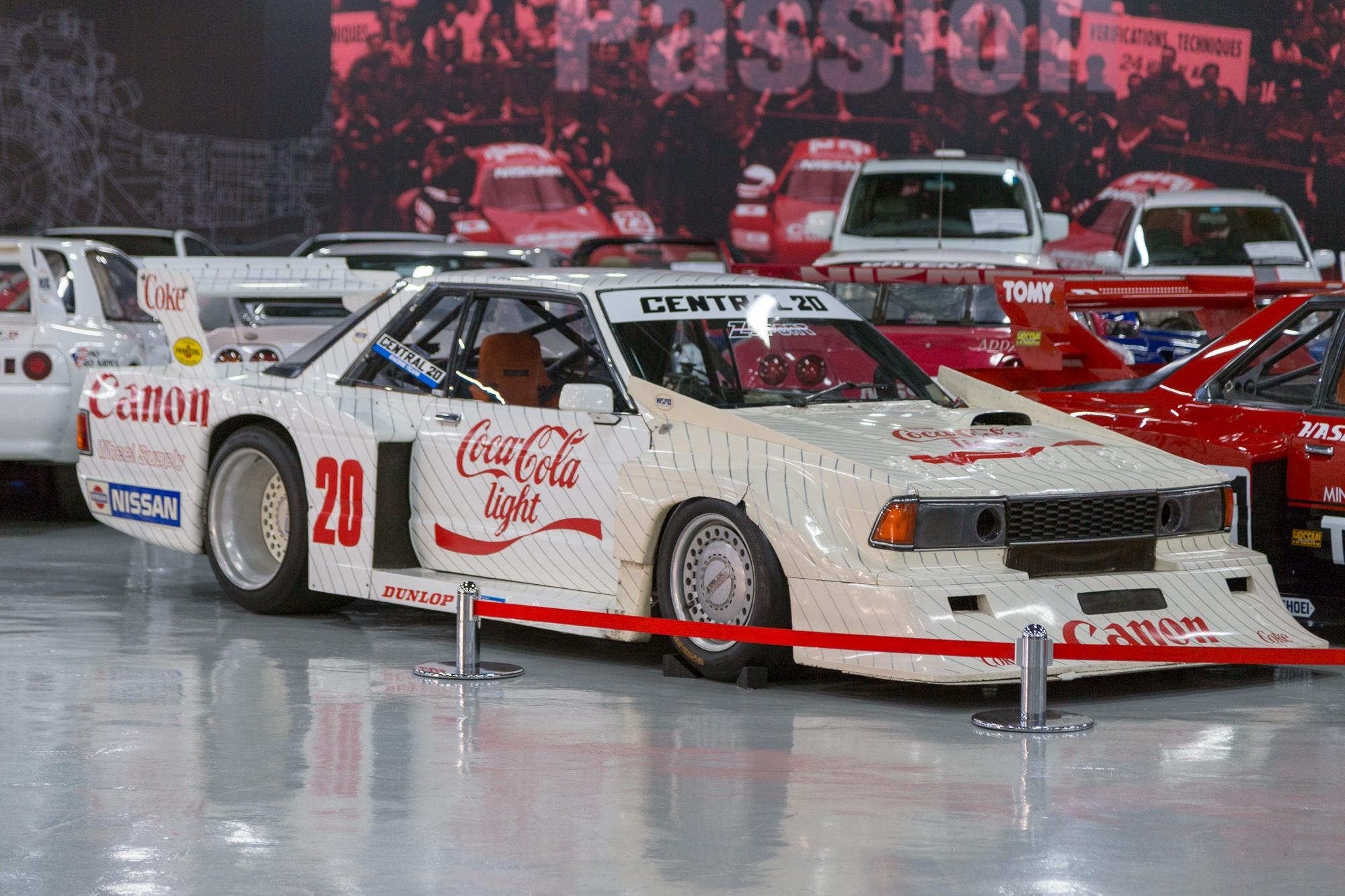
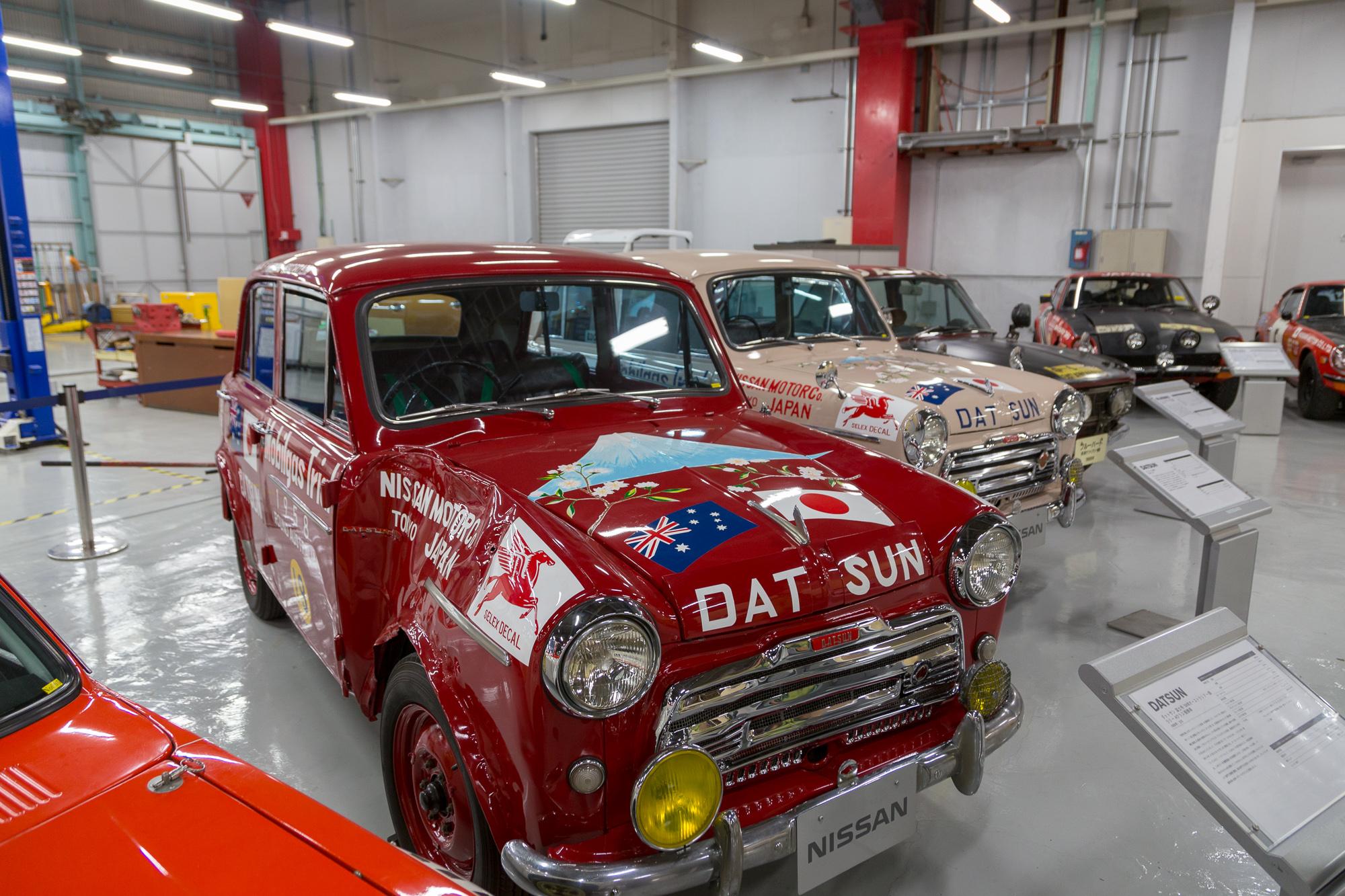


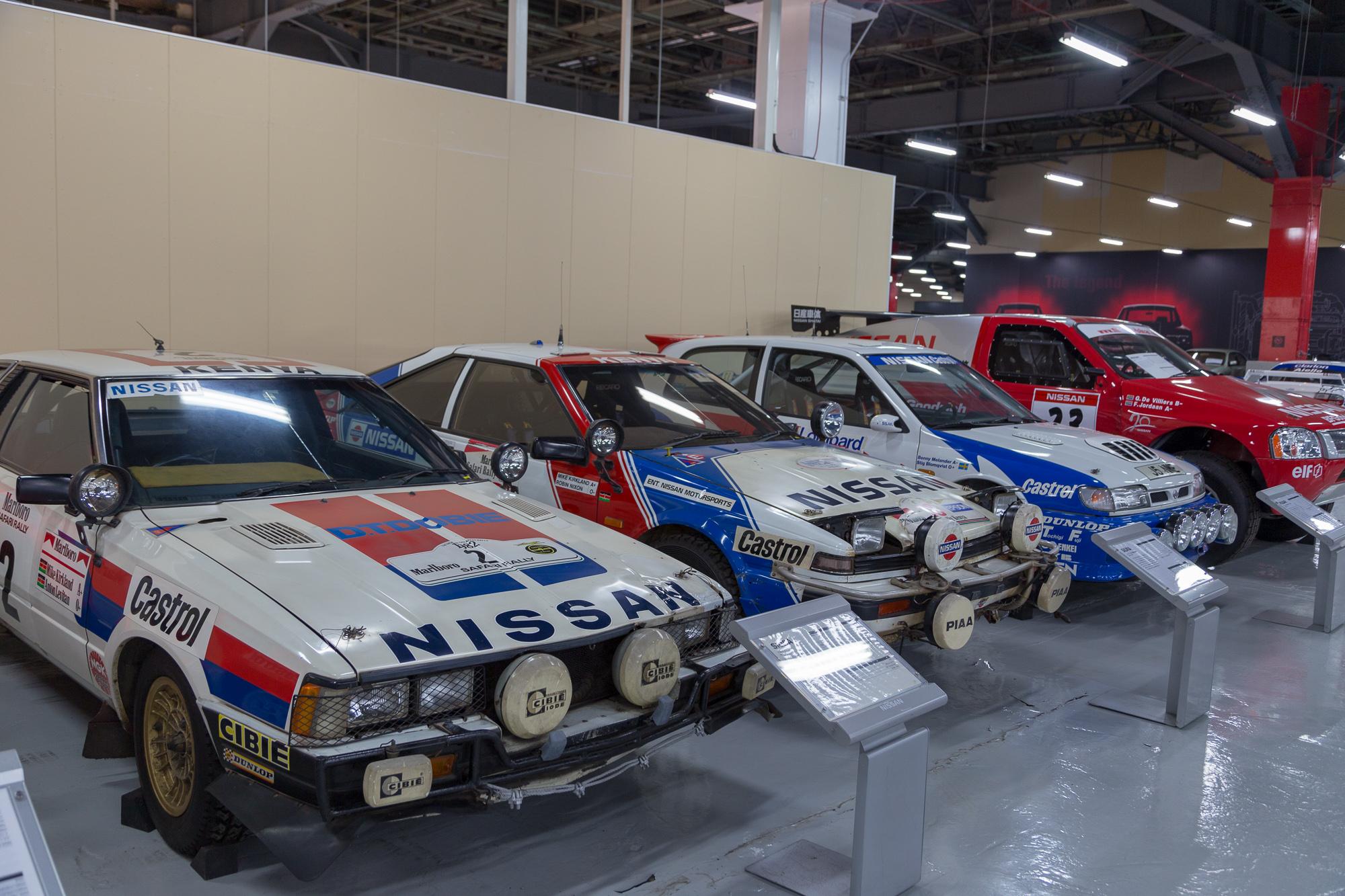
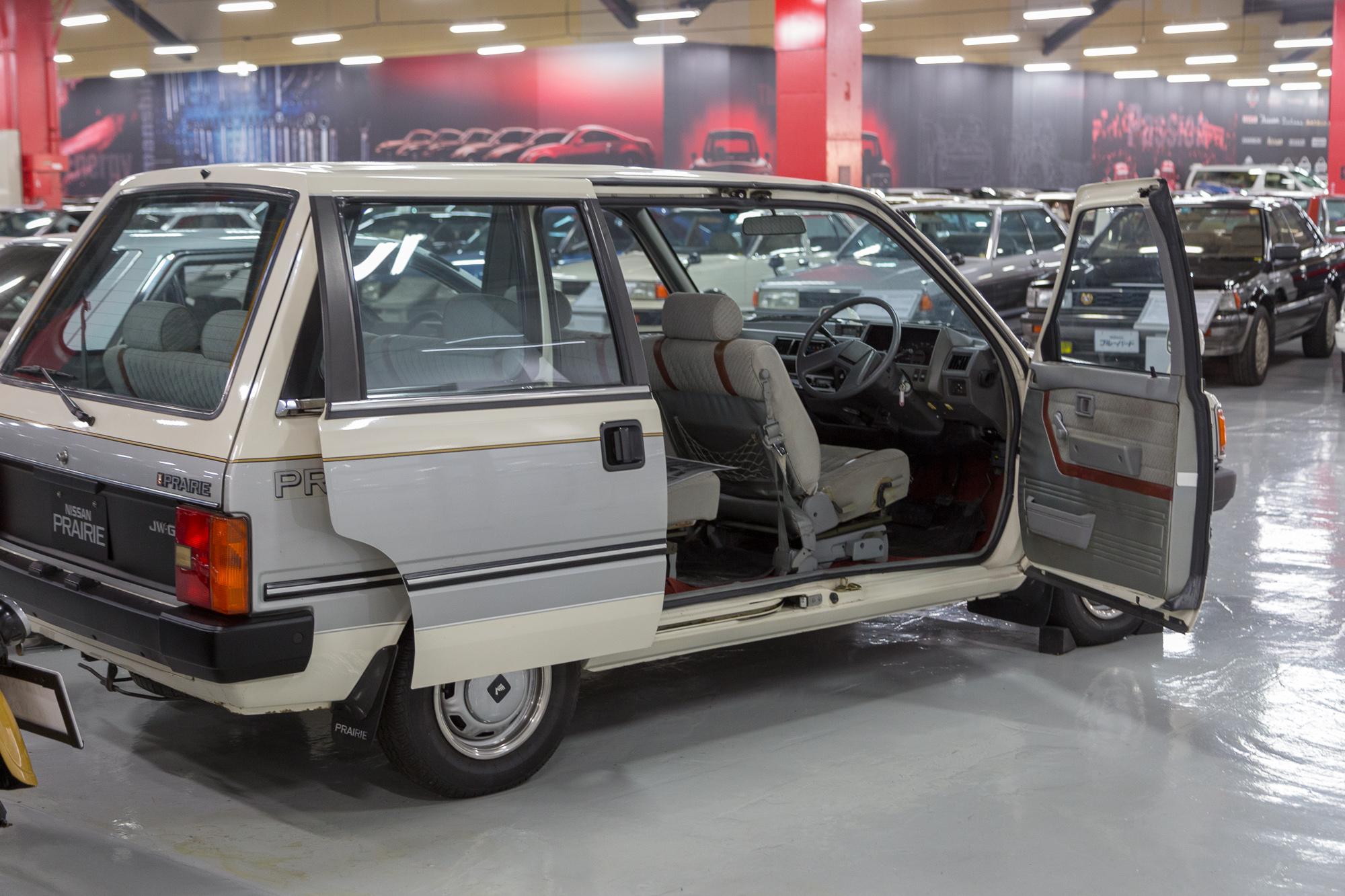
You must log in to post a comment.